Forums
- Forums
- Duggy's Reference Hangar
- USAAF / USN Library
- CORSAIR ORIGINS - Birdcages
CORSAIR ORIGINS - Birdcages
Post a reply
- Go to Previous topic
- Go to Next topic
- Go to Welcome
- Go to Introduce Yourself
- Go to General Discussion
- Go to Screenshots, Images and Videos
- Go to Off topic
- Go to Works in Progress
- Go to Skinning Tips / Tutorials
- Go to Skin Requests
- Go to IJAAF Library
- Go to Luftwaffe Library
- Go to RAF Library
- Go to USAAF / USN Library
- Go to Misc Library
- Go to The Ops Room
- Go to Made in Germany
- Go to Campaigns and Missions
- Go to Works in Progress
- Go to Juri's Air-Raid Shelter
- Go to Campaigns and Missions
- Go to Works in Progress
- Go to Skinpacks
- Go to External Projects Discussion
- Go to Books & Resources
-
12 years agoFri Jun 06 2025, 03:10pmDuggy
 Main AdminText by Greg Goebel - Thanks
Main AdminText by Greg Goebel - Thanks
* On 1 February 1938, the US Navy issued a request for proposals for a new high-performance single-seat carrier-based fighter that would use the most powerful engine available at the time. At the Vought-Sikorsky (later Chance Vought) Division of the United Aircraft Corporation (UAC) group in Connecticut, a design team under Rex B. Beisel decided to build the aircraft, which they referred to as the "Model V-166B", around the new XR2800 Double Wasp 18-cylinder two-row air-cooled radial engine, with 1,500 kW (2,000 HP), built by Pratt & Whitney (P&W), another UAC division.
Such a large engine needed a big propeller to soak up the power, and so the design featured a 4.06 meter (13 foot 4 inch) three-blade variable-pitch constant-speed propeller designed by Hamilton Standard, yet another UAC division. The big propeller posed a problem for the design team. It dictated long landing gear so that the prop arc would clear the ground on takeoffs and landings, but long landing gear tended to be too weak to tolerate hard carrier landings. The designers came up with the notion of a low-mounted "inverted gull wing" or "cranked wing", in which the wings bent down from the root and then back up to the tip, with the main landing gear at the lowest point of the wing. The wing arrangement also improved the pilot's field of view, and the right-angle connection between the wing and the fuselage improved aerodynamics.
The US Navy ordered a prototype of the Vought design as the "XF4U-1" in June 1938. Armament was planned as two 7.62 millimeter (0.30 caliber) Browning machine guns in the top of the nose and a single 12.7 millimeter (0.50 caliber) Browning machine gun in each wing, for a total of four guns. The prototype also had little bombbays in the outer wings for fragmentation bombs that would be dumped on enemy bomber formations, with a window in the cockpit floor for sighting. The bombbays were a screwball idea that would be quickly abandoned.
Vought engineers completed a full-scale mockup of the XF4U-1 in early 1939 for wind tunnel tests and Navy inspection. The initial flight of the prototype XF4U-1 was on 29 May 1940, with Vought chief test pilot Lyman A. Bullard JR at the controls. The aircraft suffered from excessive vibration and Bullard was in an agitated mood when he got back to the ground. The prototype was badly damaged in July, when storms prevented test pilot Boone T. Guyton from reaching the Vought airfield at Stratford, Connecticut. He was running low on fuel and couldn't raise any other airfield on his radio, so he tried to put the machine down on a golf course at Norwich, Connecticut. He touched down properly, but the grass was slick with rain and he plowed into trees, flipping the aircraft over and around. One wing was torn off, the fuselage was bashed up, but Guyton was little more than shaken and bruised, thanks to the toughness of the design.
The prototype was rebuilt in a few months, and demonstrated the design's performance on 1 October 1940, clocking 650 KPH (404 MPH). However, the promise of the type was balanced by continuing difficulties, including a nasty inclination of the Double Wasp engine to catch on fire; a tendency of the engine to conk out at high altitude; and some clear handling problems, such as bad spin recovery. Some things were fixed, others were inherent in the design -- when Boone Guyton was later asked by Navy pilots about spinning the F4U, his answer was minimal: "Don't."
The problems clearly meant delays in getting the type into production. To compound the delays, reports coming back from the war in Europe indicated that an armament of two 7.62 millimeter and two 12.7 millimeter machine guns was too light, and so when the US Navy asked for production proposals in November 1940, heavier armament was specified. The twin 7.62 millimeter Brownings in the nose were eliminated and two 12.7 millimeter Brownings were fitted in each wing. The wing guns were staggered to avoid mechanical interference between their ammunition feeds. The armament change required considerable design adjustments that piled up more delays.
There was another troublesome consequence: putting all the guns in the wings meant eliminating wing fuel tankage, and so the forward fuselage was stretched by 45 centimeters (18 inches) to include a new self-sealing tank in the center of the fuselage. The fuel tank also meant moving the cockpit back by about 91 centimeters (3 feet), which made it hard for a pilot to see over the nose when taxiing, taking off, or landing. There would never be any way around the long nose, one pilot later recollecting that he used to tell himself after he lined up for the approach: "God, I hope there's nobody on that runway!"
* Formal naval acceptance trials for the XF4U-1 began in February 1941, and the initial Navy production order for 584 "F4U-1s" was placed on 30 June 1941. The type was given the name "Corsair", which had been the name of several prewar Vought aircraft. The first production F4U-1 performed its initial flight on 24 June 1942, once again with Boone Guyton at the controls.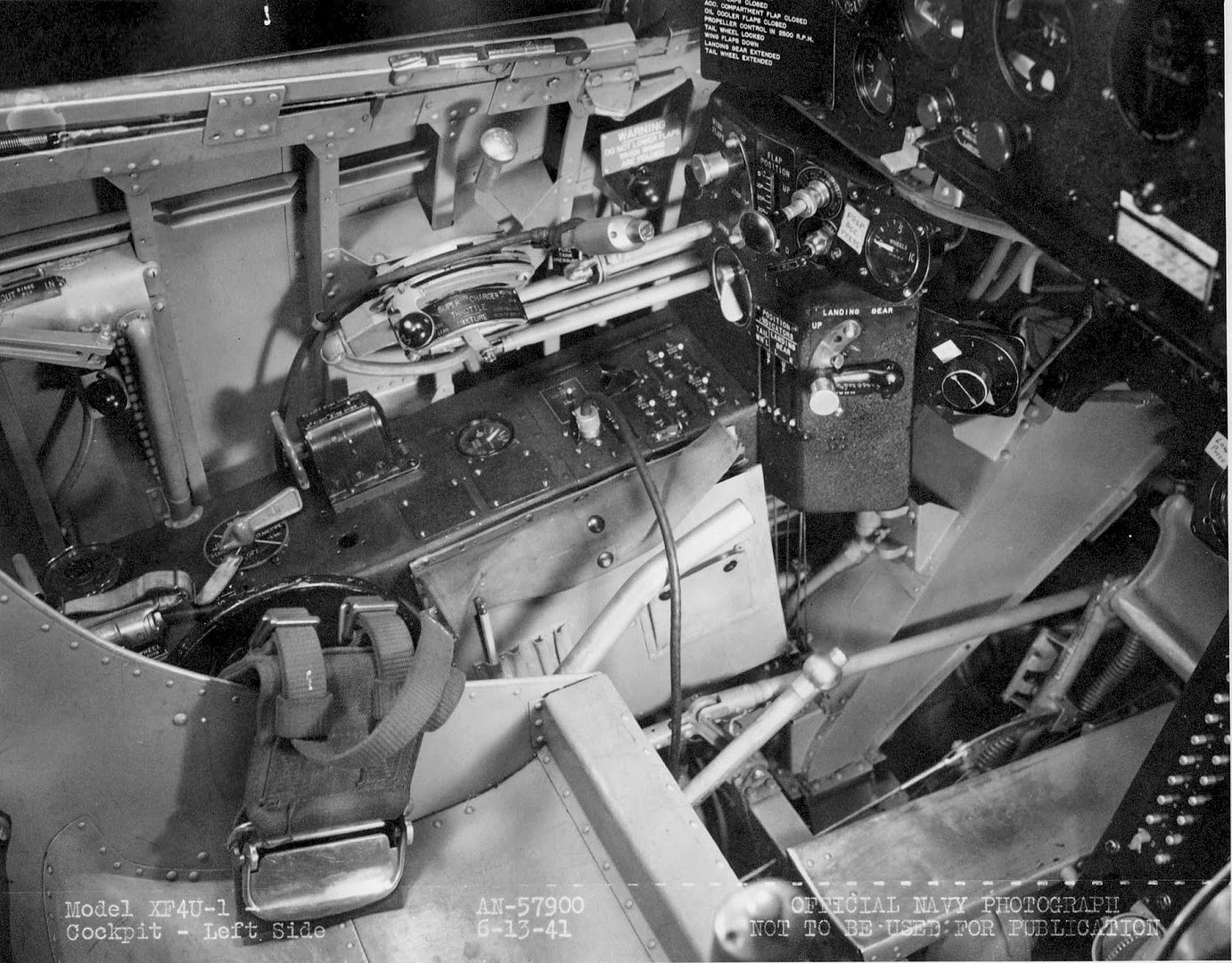
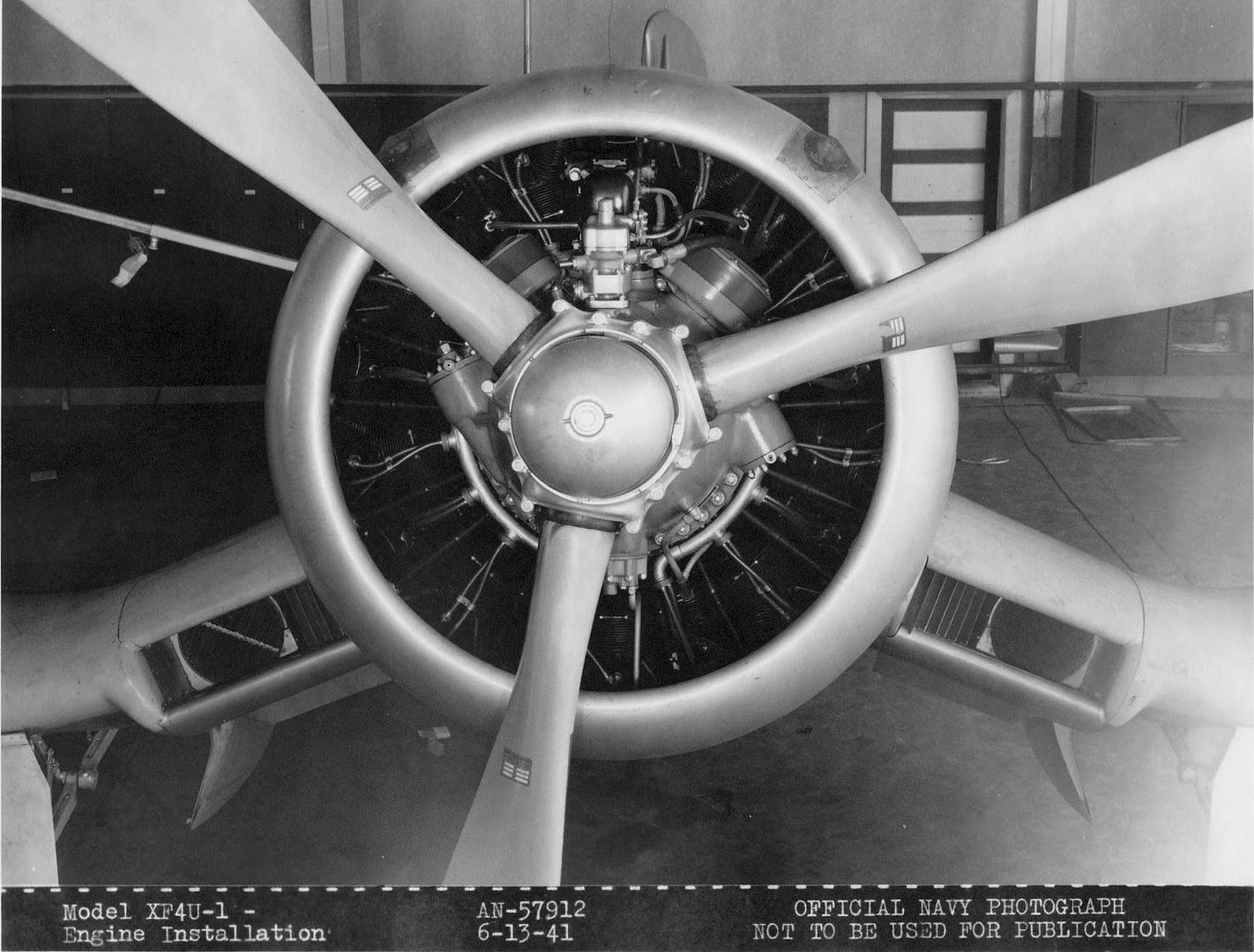
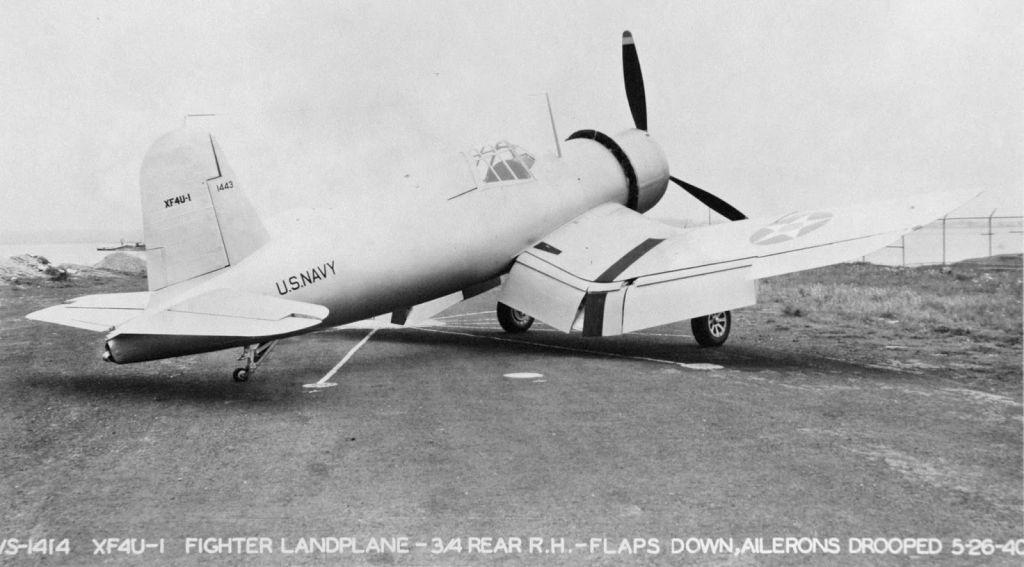


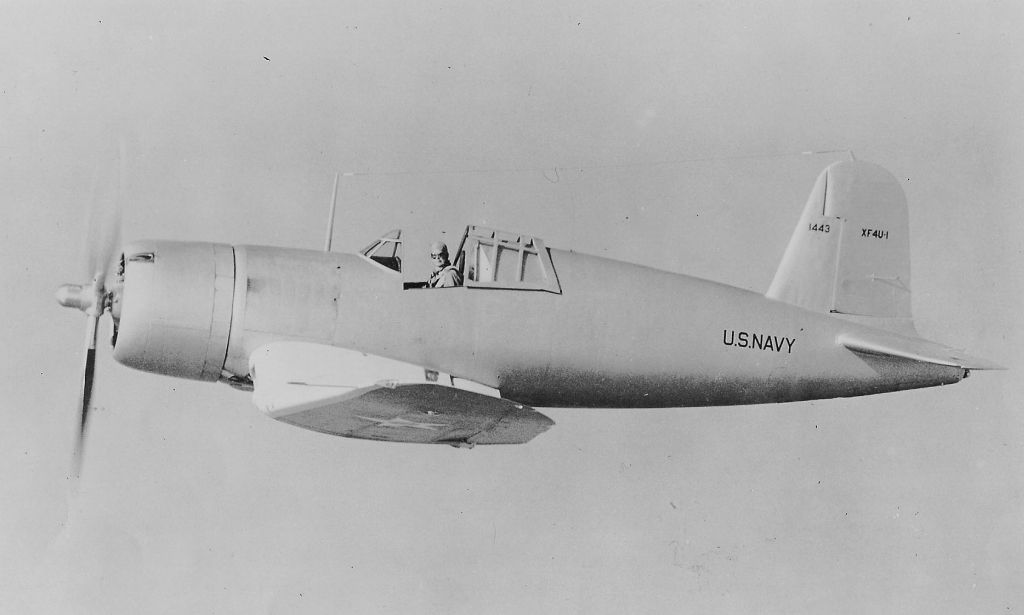
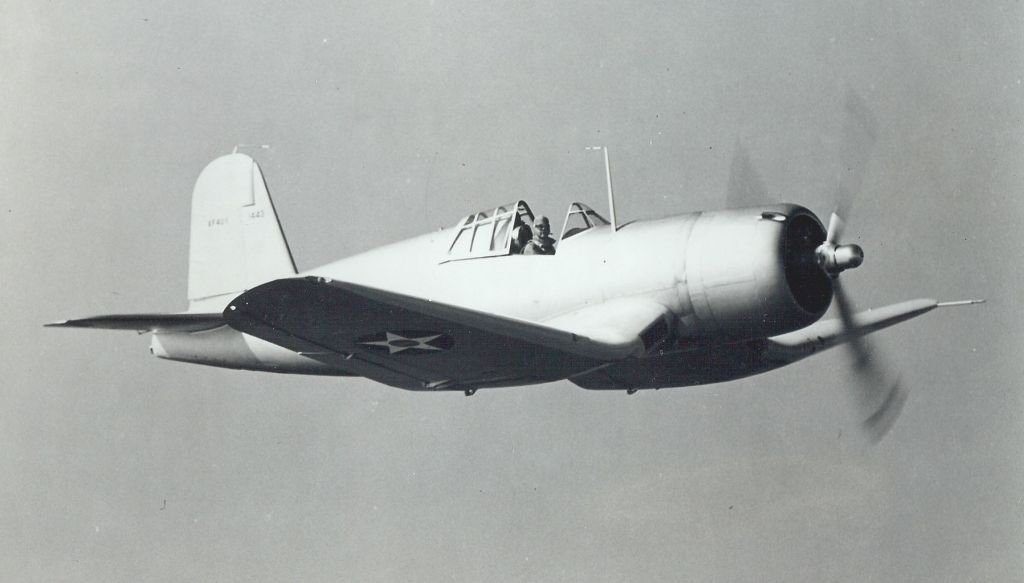
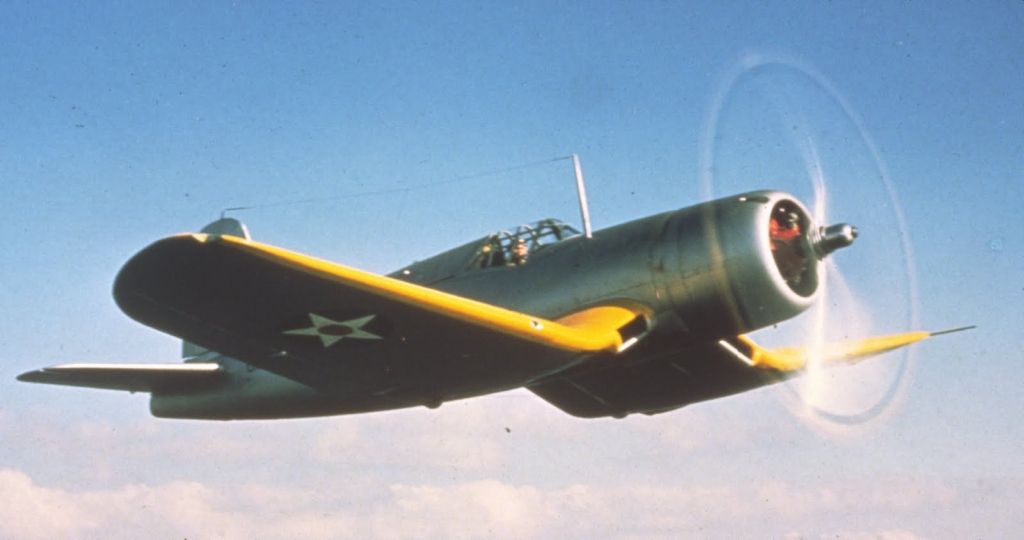
The type quickly underwent a few more improvements, with the number of 12.7 millimeter Brownings in each wing increased to three, for a total of six; the addition of 70 kilograms (155 pounds) of armor around the cockpit and the oil tank, plus an armor glass windscreen and self-sealing fuel tanks; fit of shorter flaps and wider ailerons; and installation of an uprated R-2800-8 Double Wasp engine with a two-stage supercharger and 1,490 kW (2,000 HP) takeoff power to handle the aircraft's increased weight.
The US Navy received its first production F4U-1 on 31 July 1942, with carrier trials beginning on the USS SANGAMON on 25 September 1942. Getting the machine into service proved difficult. The framed "birdcage" style canopy provided inadequate visibility for deck taxiing, a serious concern given the kind of damage the oversize prop could do to anybody or anything that got in its way. Even more seriously, the machine had a nasty tendency to "bounce" on touchdown, which could cause it to miss the arresting hook and slam into the crash barrier, or even go out of control. The long "hose nose" visibility problem has already been mentioned, and there was the inevitable issue of the enormous torque of the Double Wasp: if a pilot was waved off a carrier landing, he would throttle up and bank off to the left for another pass, and the Corsair had a nasty tendency to flip over on its back if revved up incautiously. Yet another peculiarity was that, due to propwash effects, the left wing would stall before the right on the landing approach, which tended to make the aircraft roll to the left as well.
Production was going ahead anyway, with Vought building 178 Corsairs by the end of 1942. The company was working with the Marine Corps, which saw the potential of the type and by nature was less intimidated than the Navy by the aircraft's unpleasant features, to work out the bugs in parallel with production. Although the Navy would come to accept the F4U, the Corsair would always be more of a Marine than a Navy fighter. The type was declared "ready for combat" at the end of 1942, though it was originally only qualified to operate from land bases until carrier qualification issues were worked out.
A dozen F4U-1s arrived at Henderson Field on Guadalcanal in the Solomon Islands on 12 February 1943. The US Navy didn't get into combat with the type until September 1943, and in fact the British Royal Navy's Fleet Air Arm (FAA) would qualify the type for carrier operations first.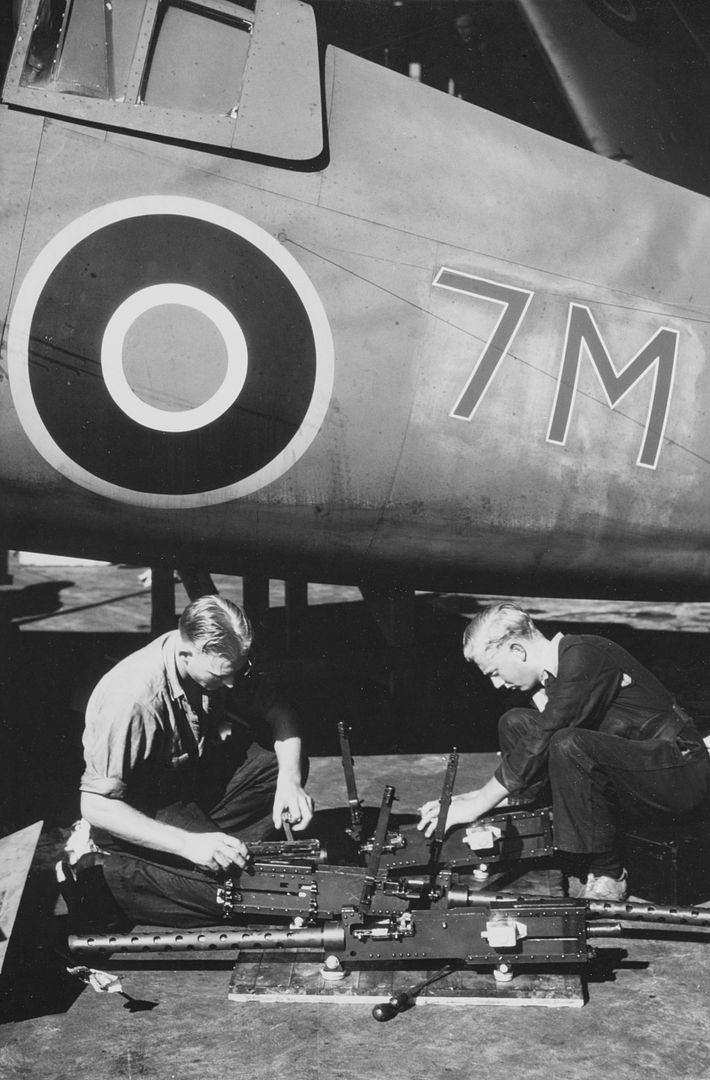
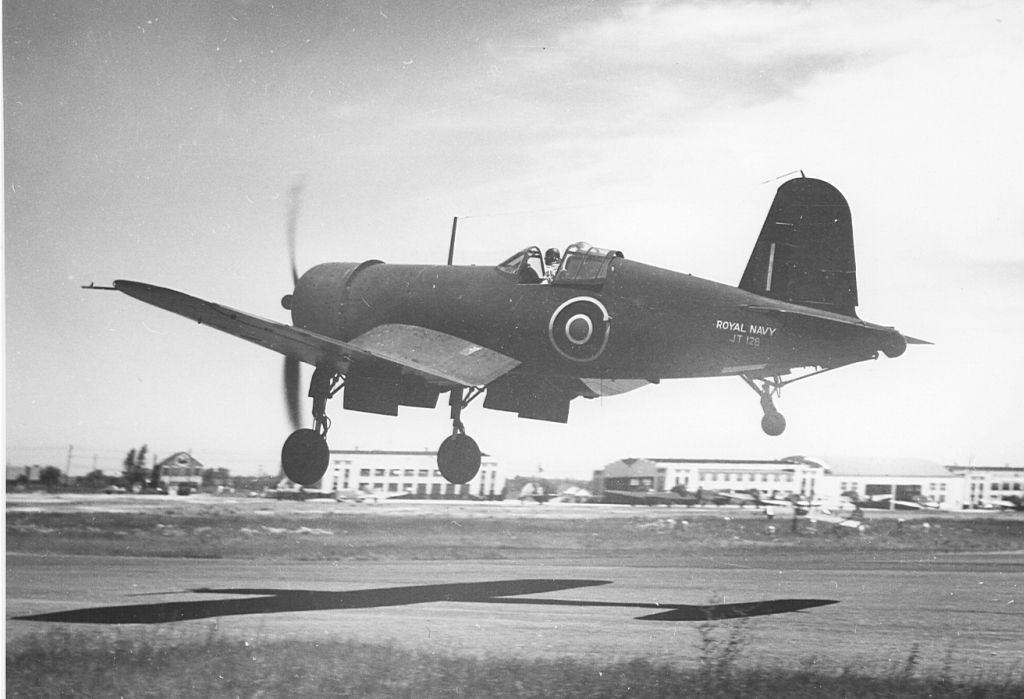
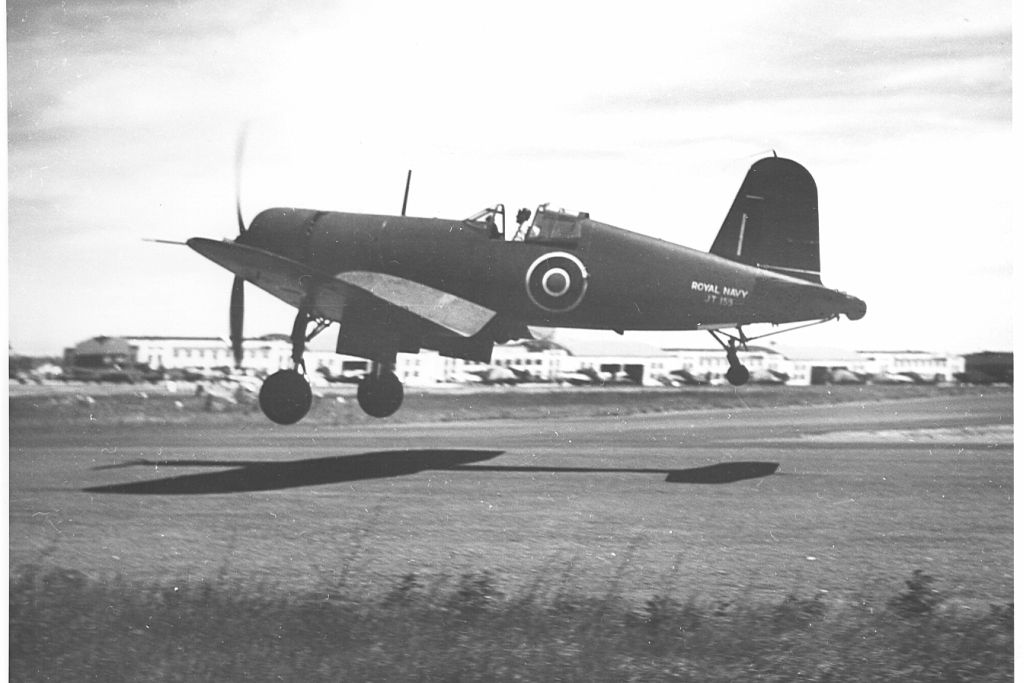

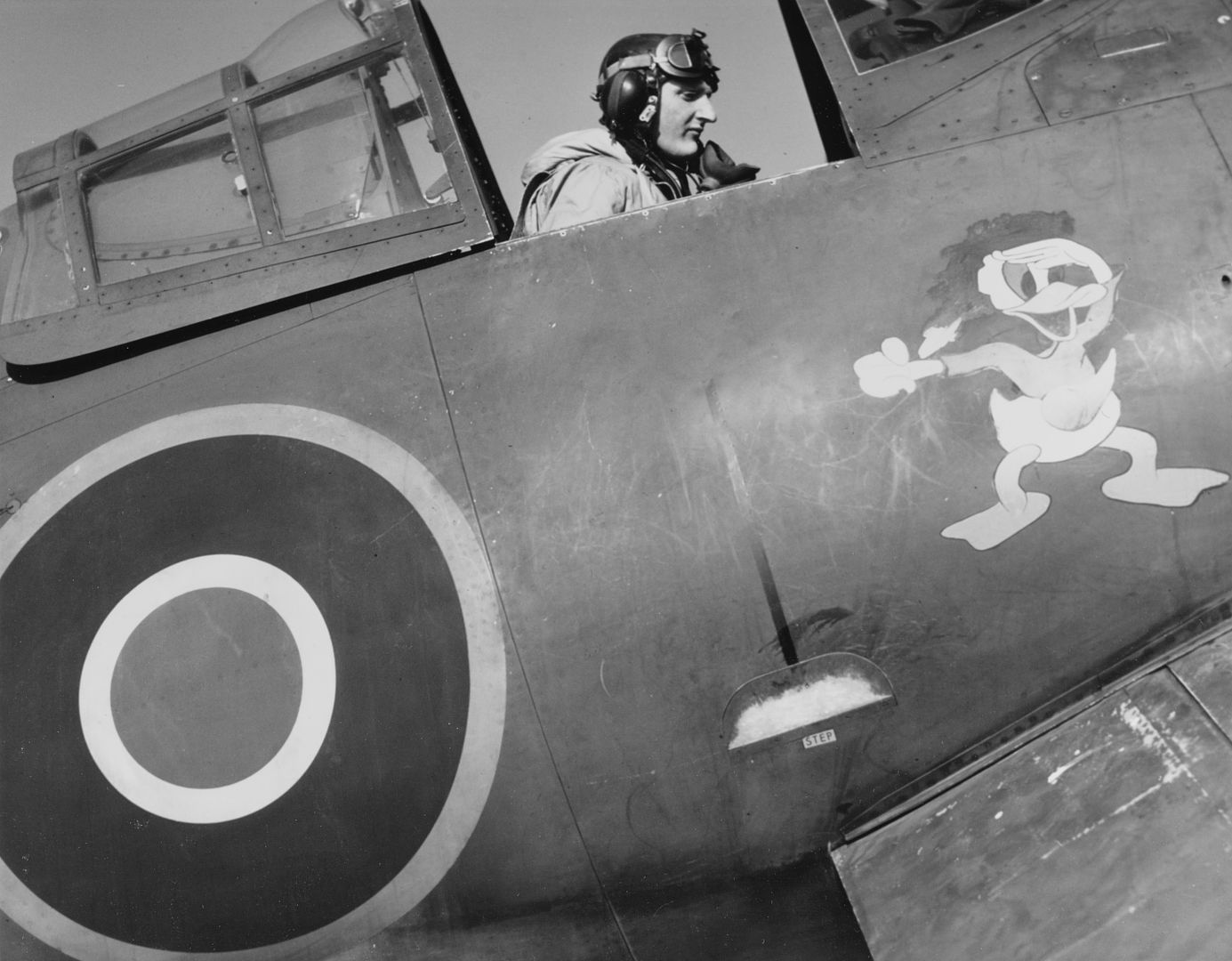
* It was an indication of the haste in which the US was putting new combat aircraft into production at the time that well before Vought began production of the F4U, other manufacturers were being enlisted to build the Corsair, with Goodyear signed up in November 1941 and Brewster following in December. The Goodyear variant of the F4U-1 was designated the "FG-1" and featured fixed instead of than folding wings; it was intended to fly off land bases, not carriers. Initial flight of the first Goodyear FG-1 was on 25 February 1943, with deliveries beginning in April. The Brewster version was the "F3A-1", and was essentially identical to the F4U-1. Initial flight of the first Brewster F3A-1 was on 26 April 1943, with deliveries beginning in July.
Below production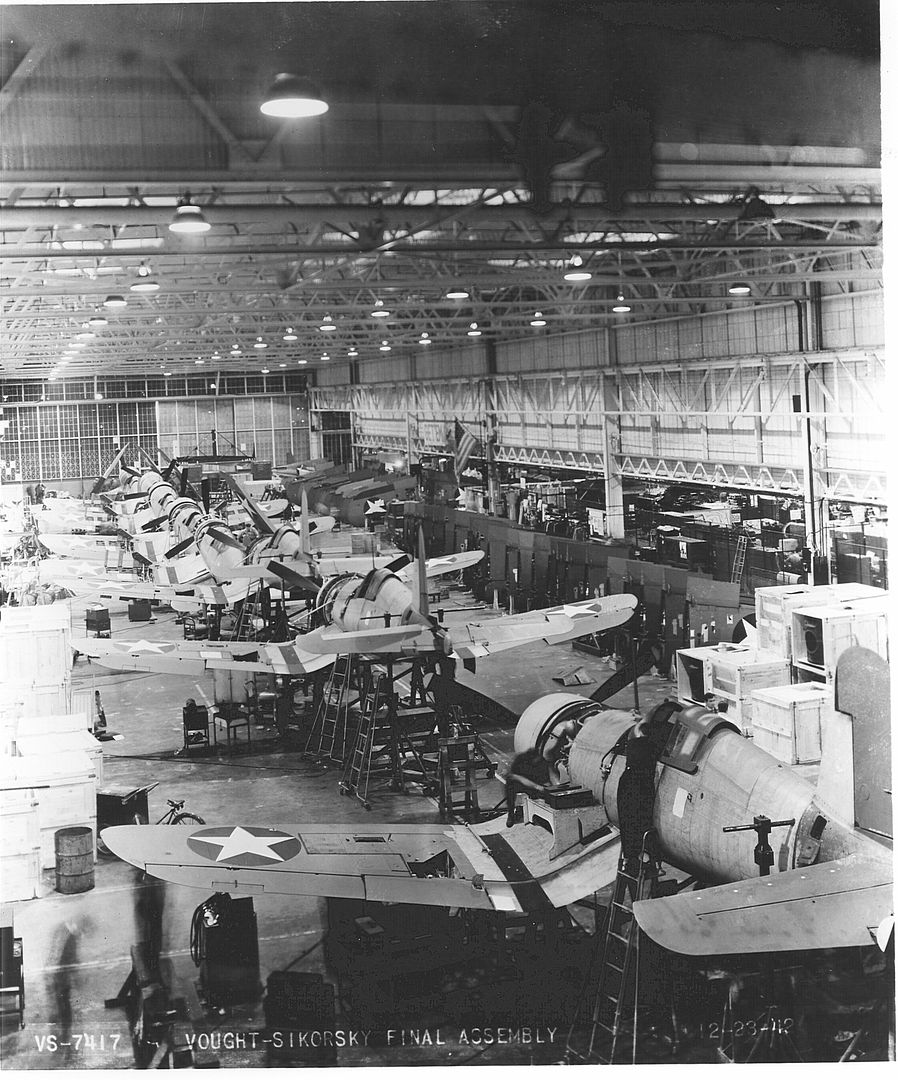
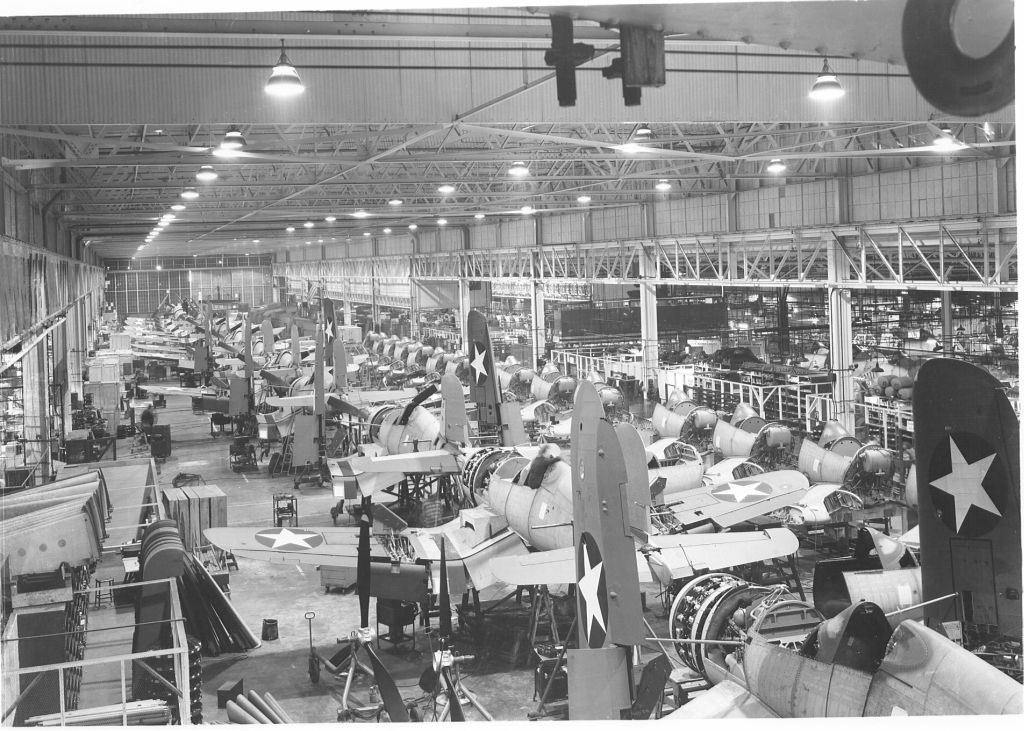
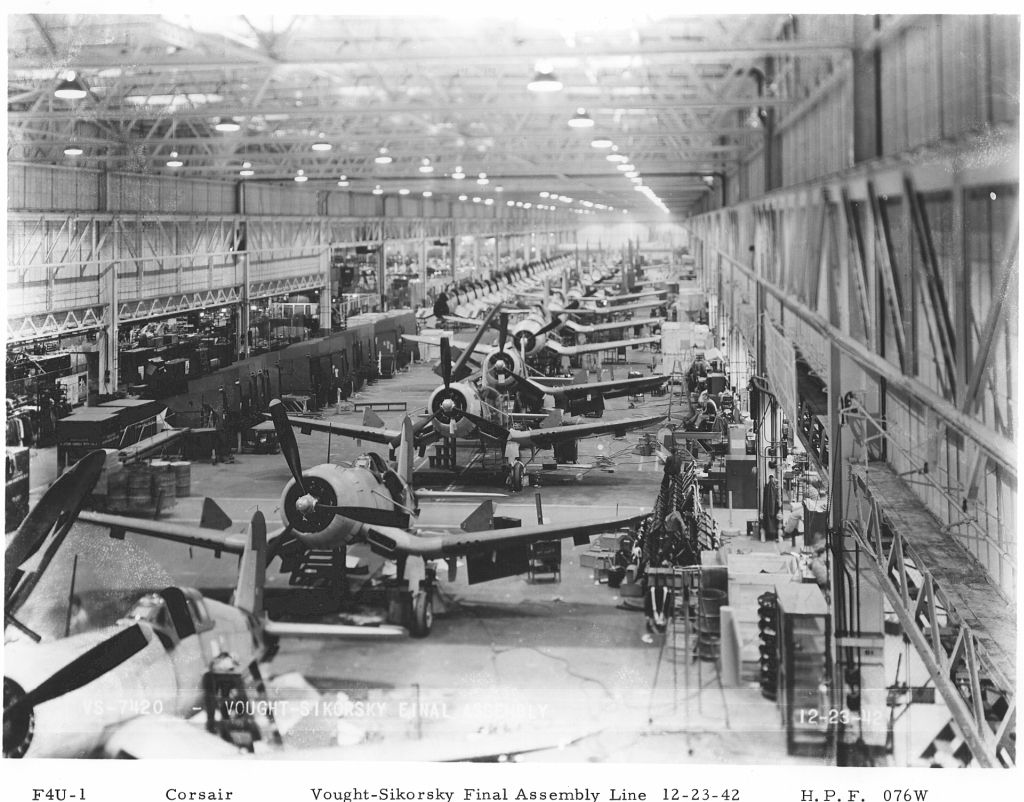
Below F4U-1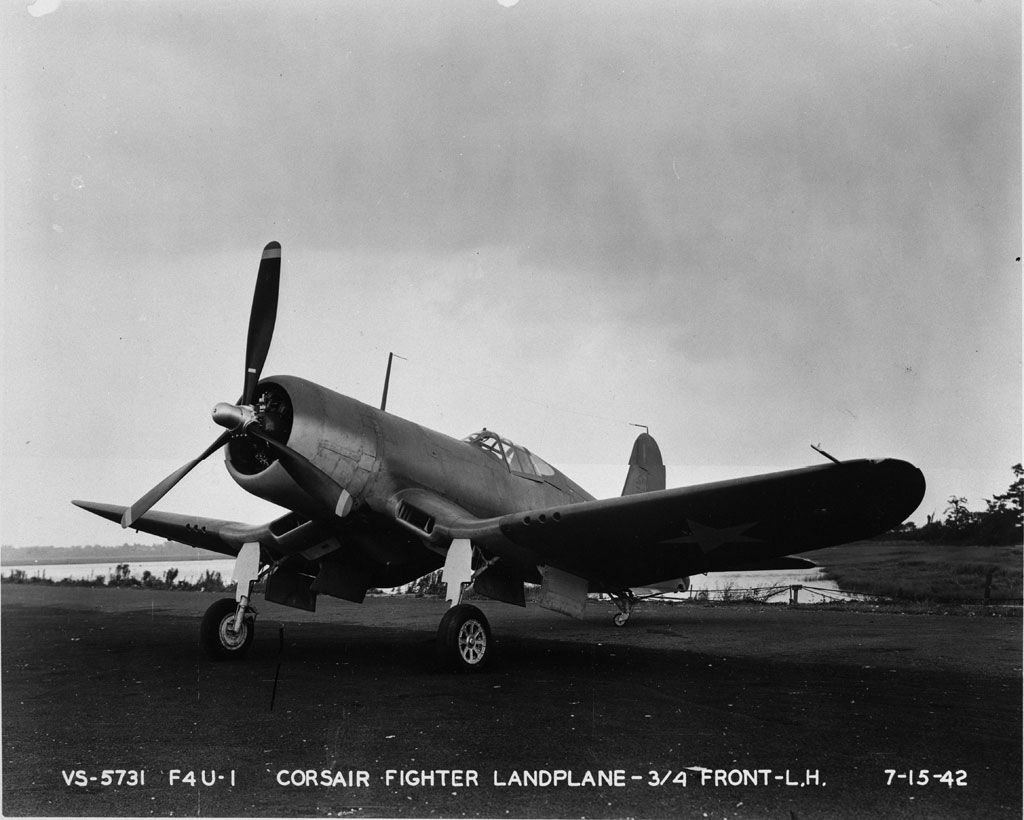
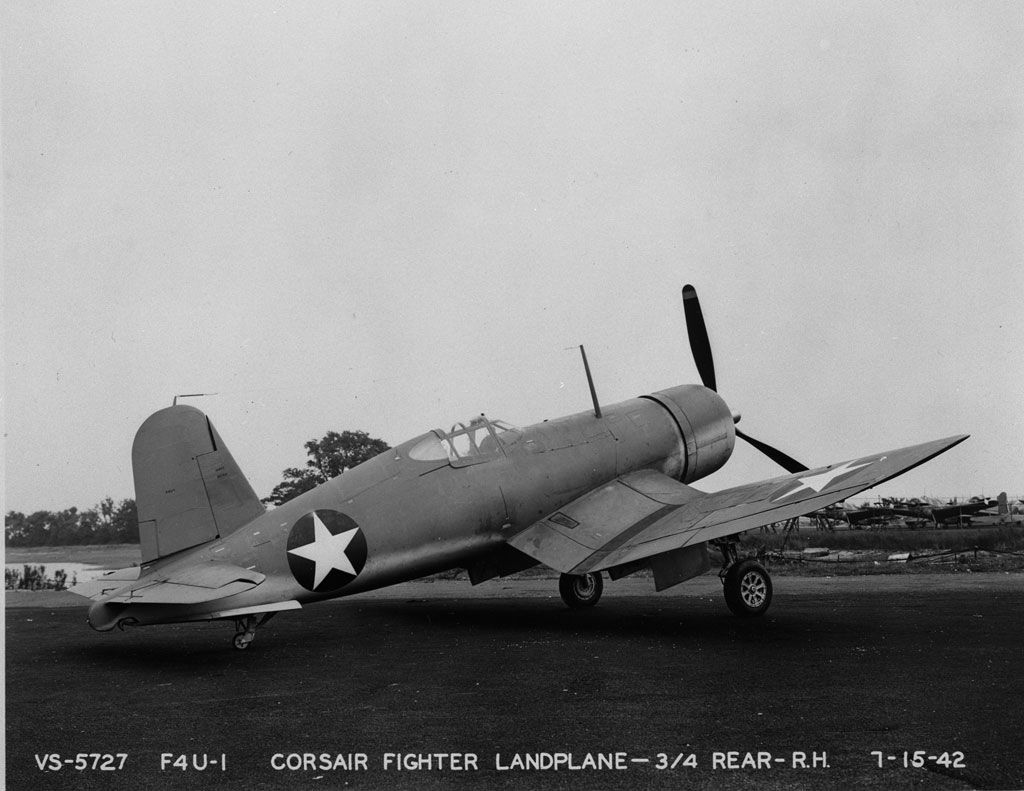
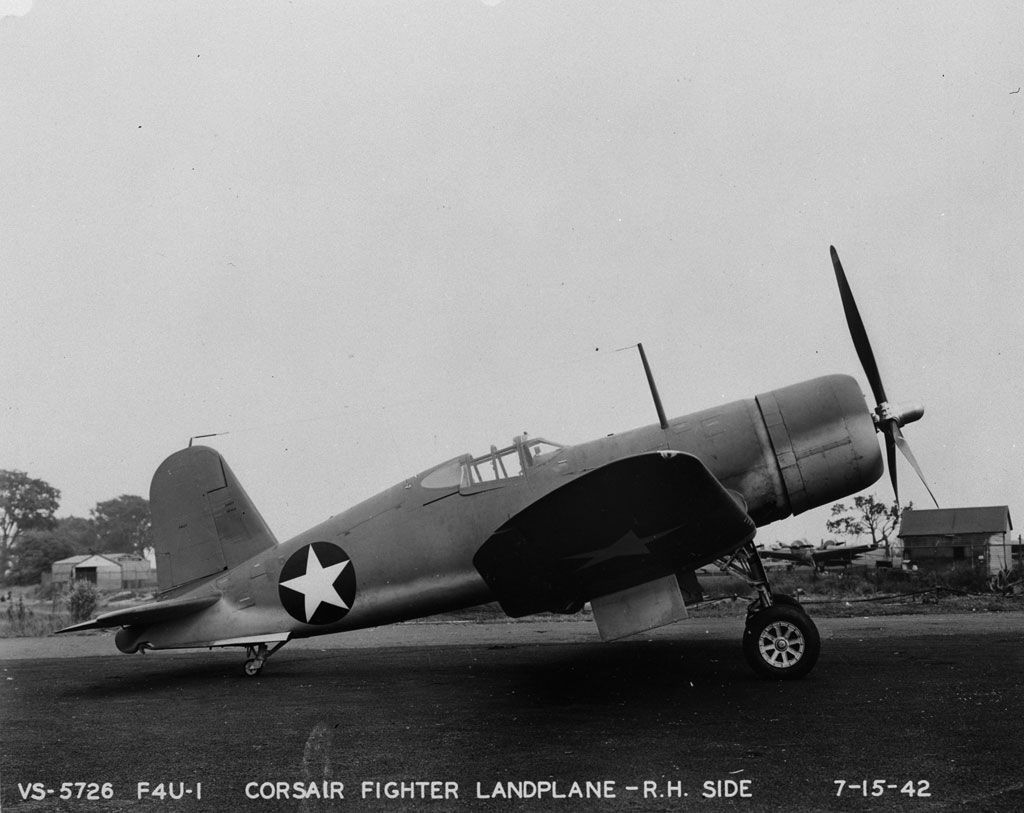


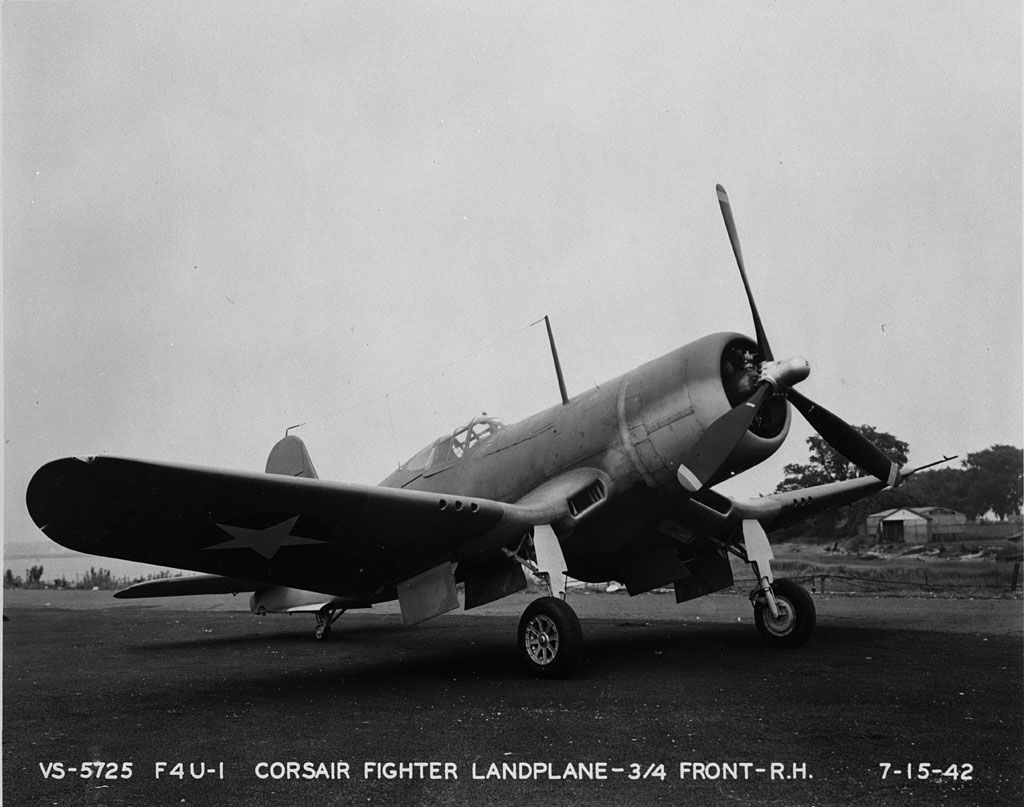

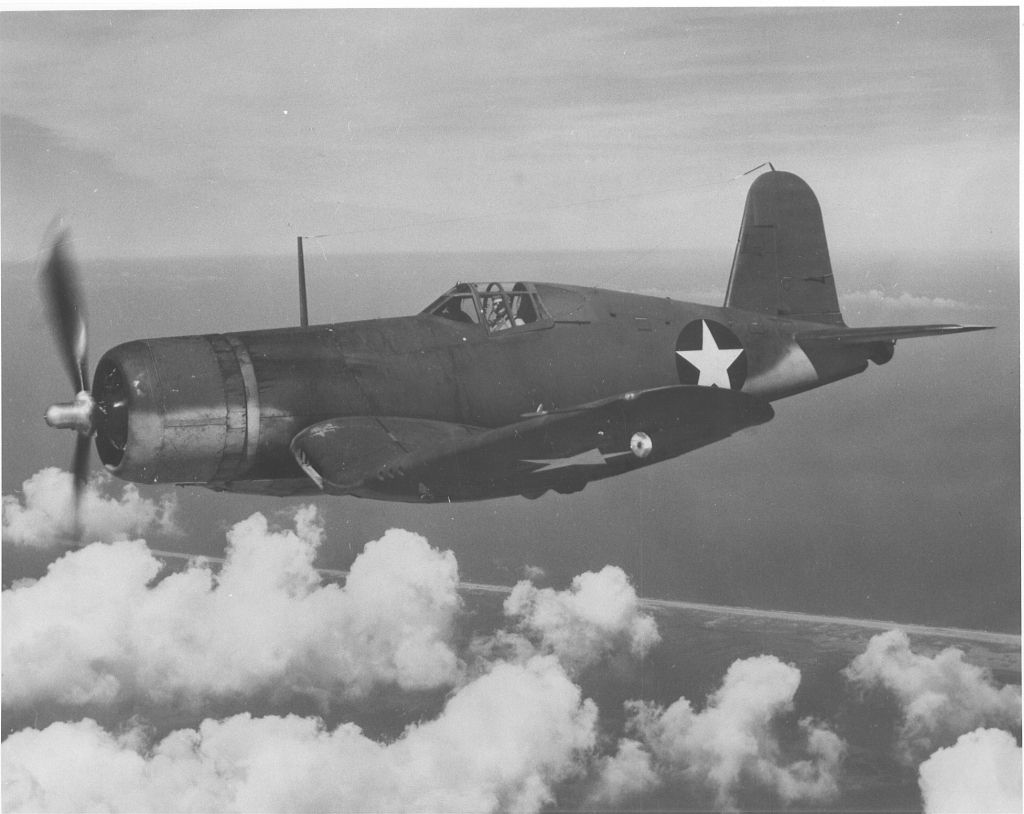
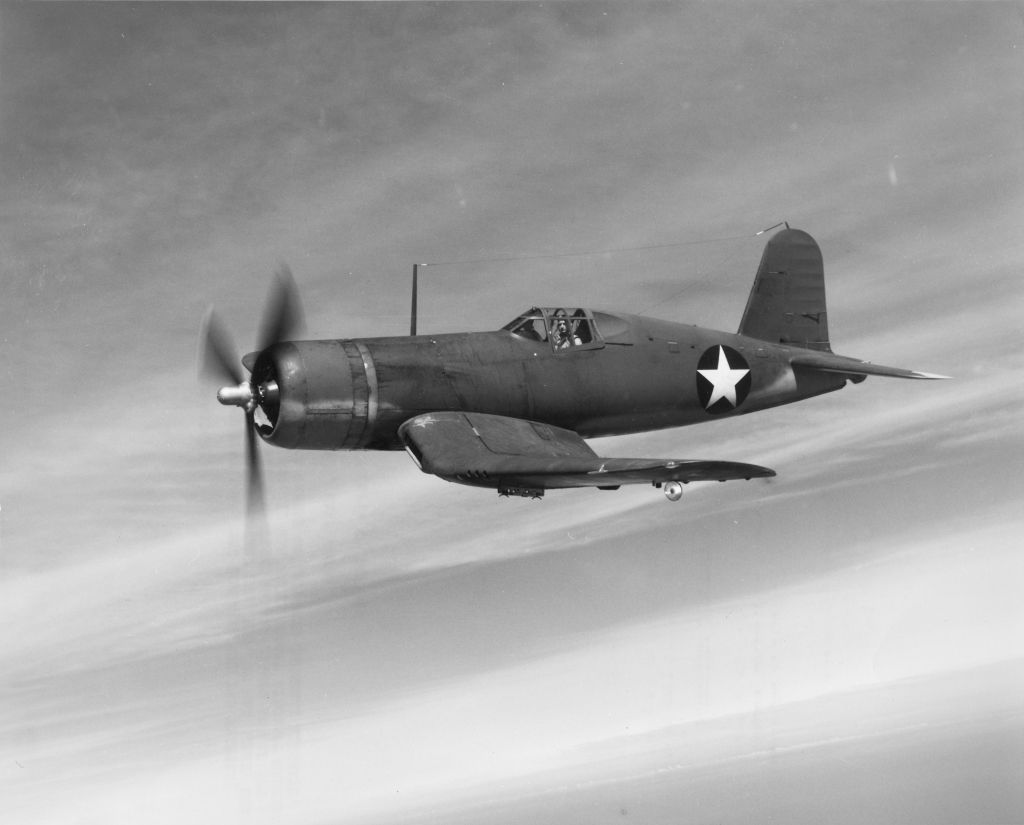
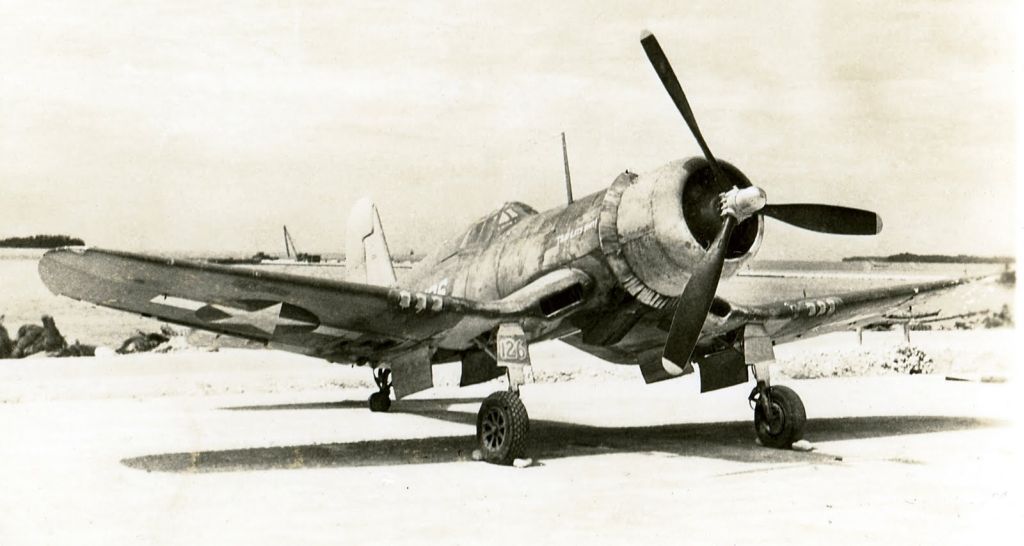
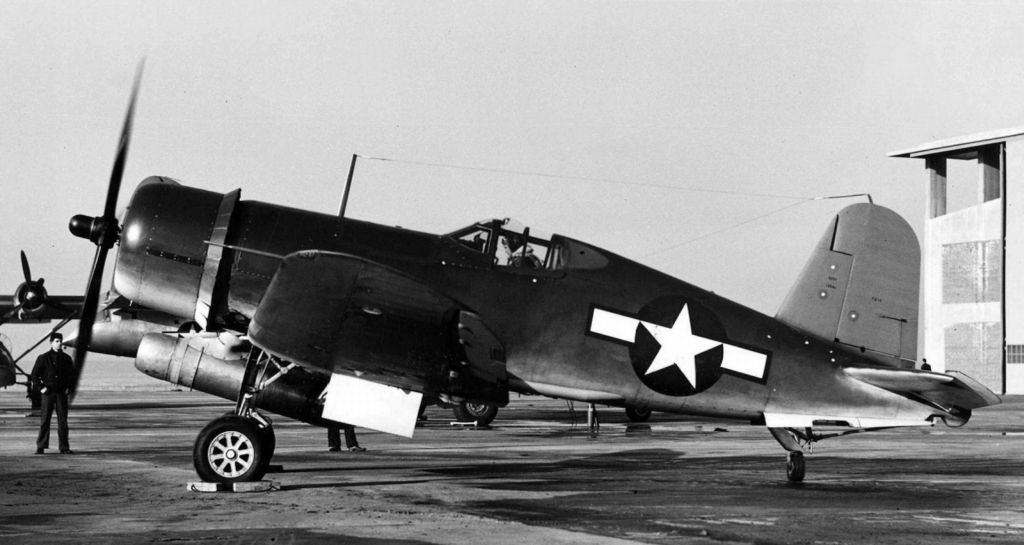


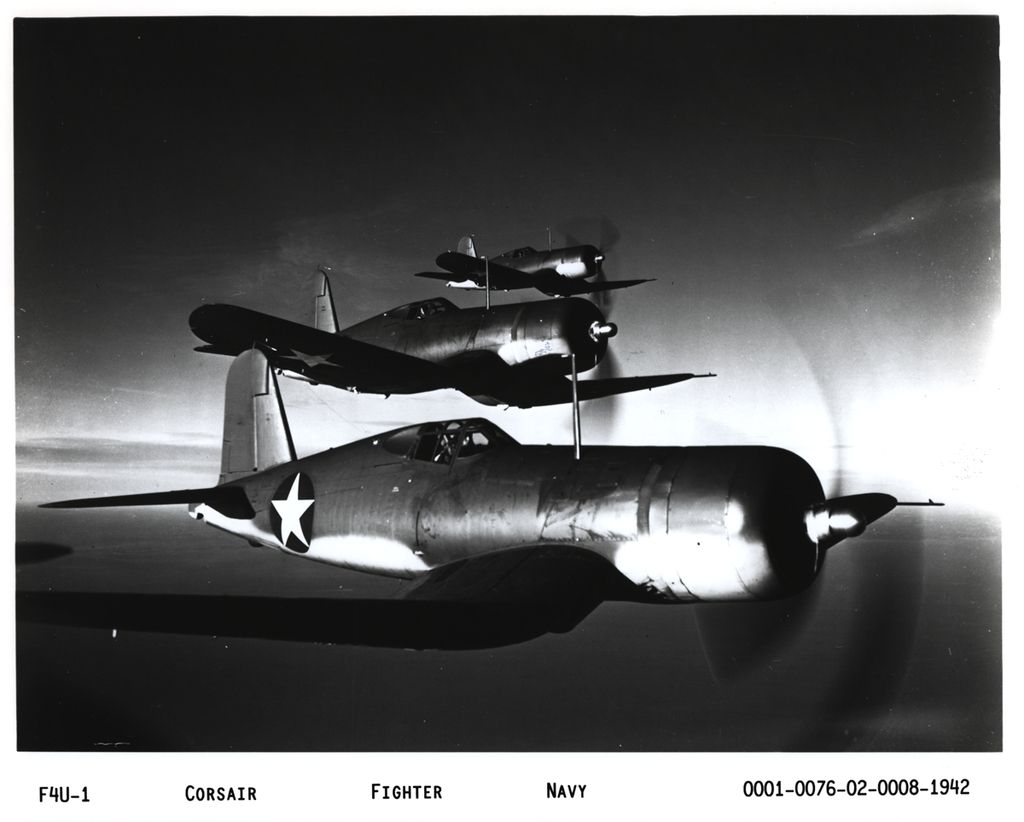

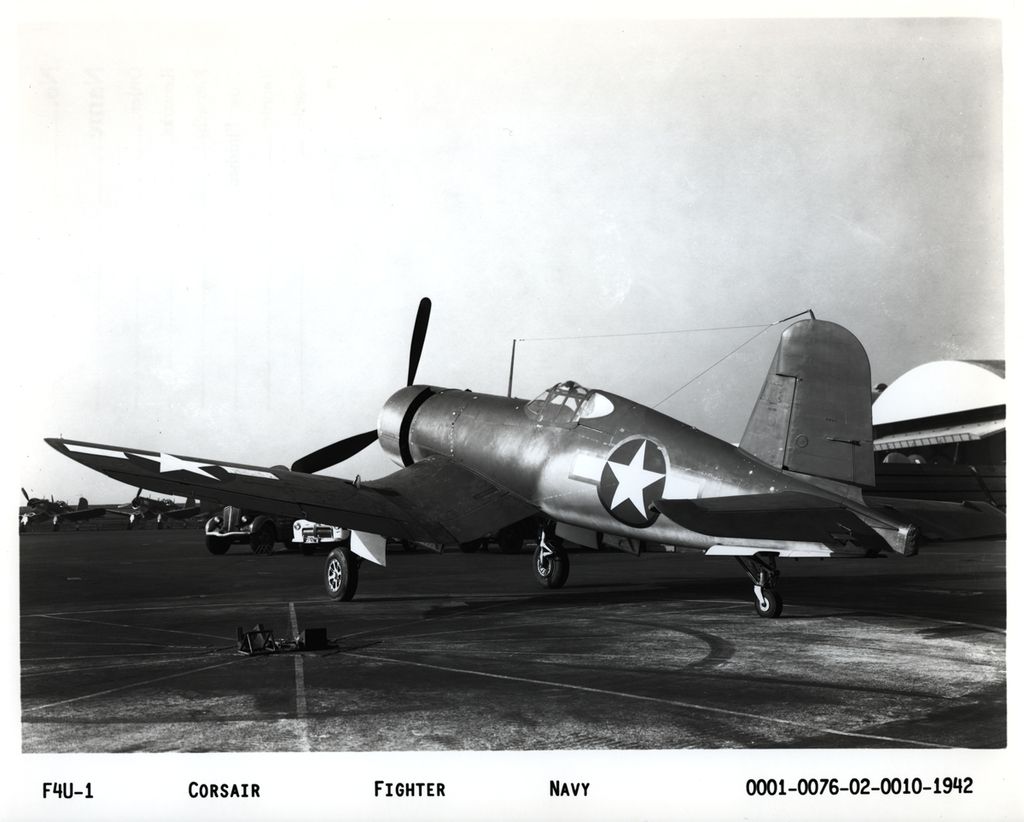



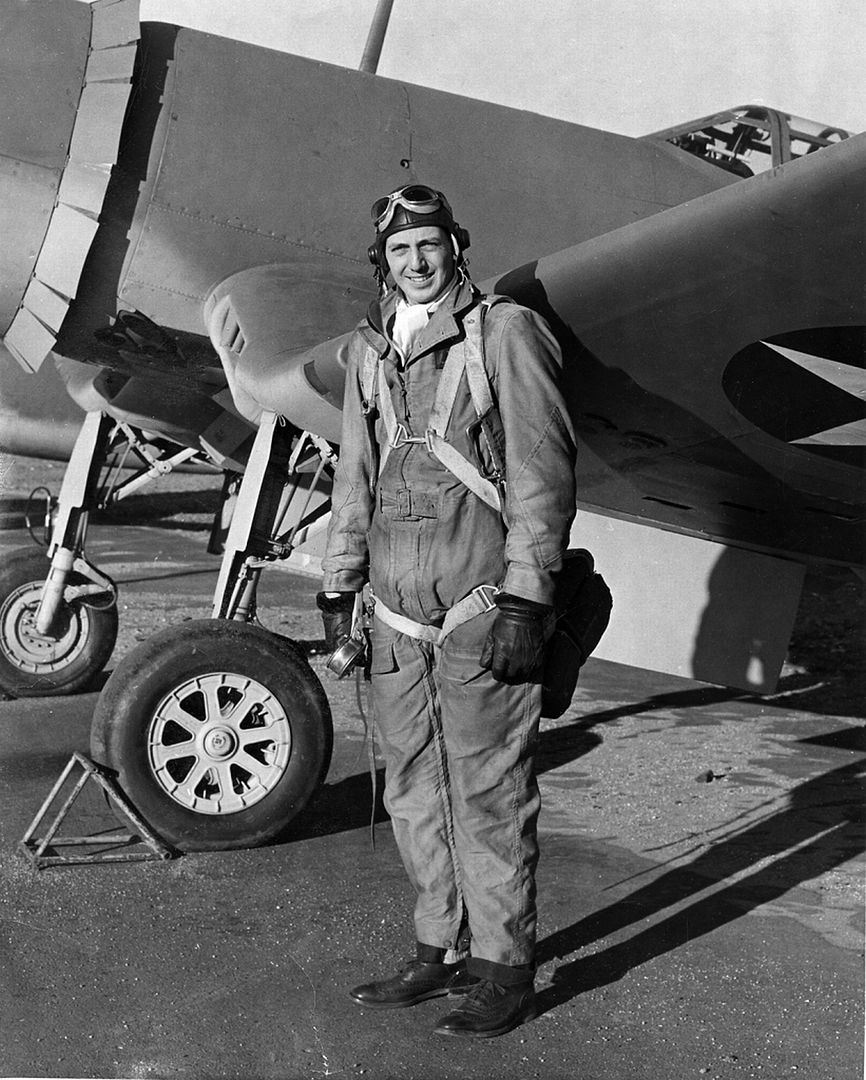
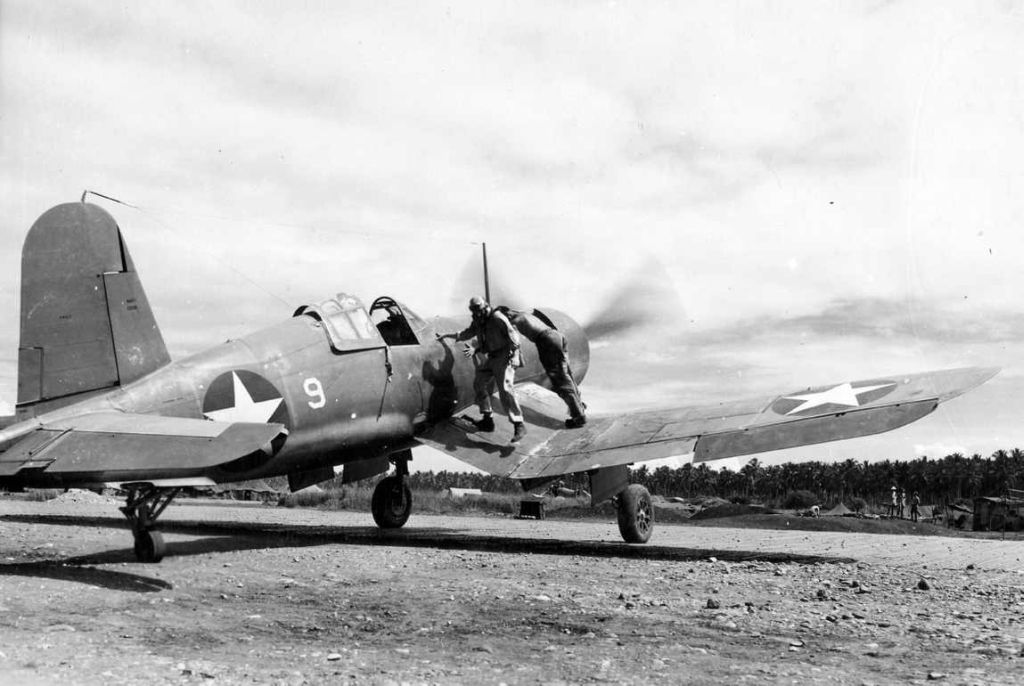
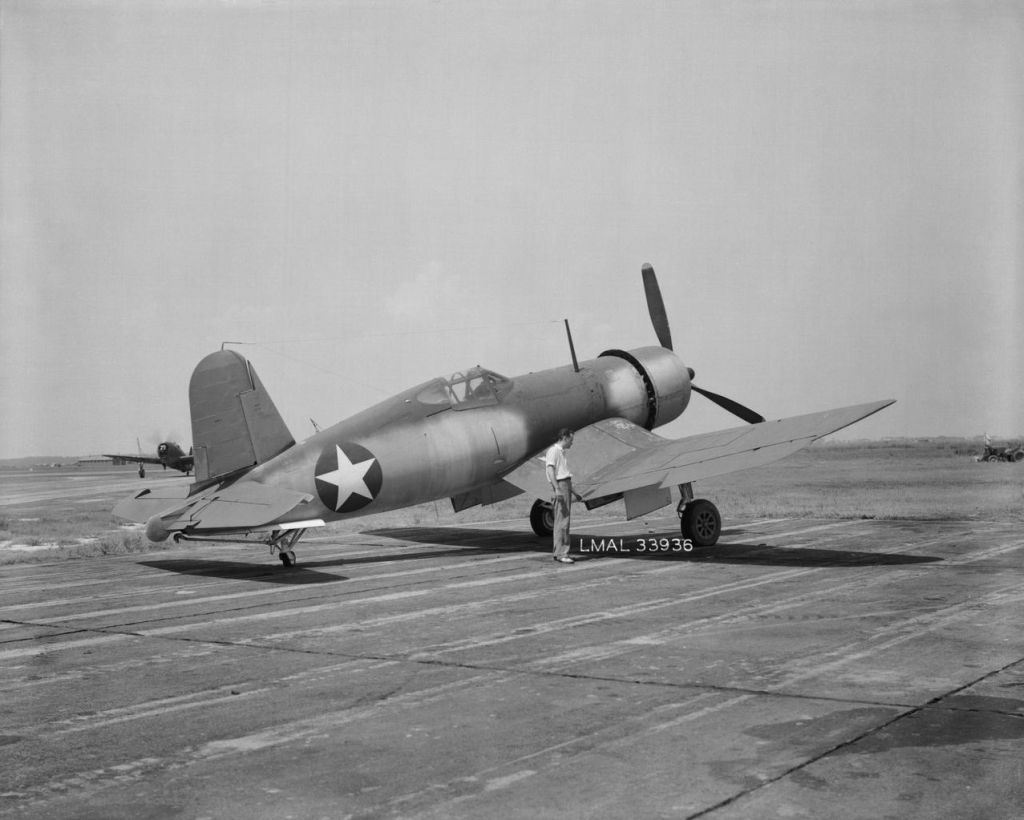
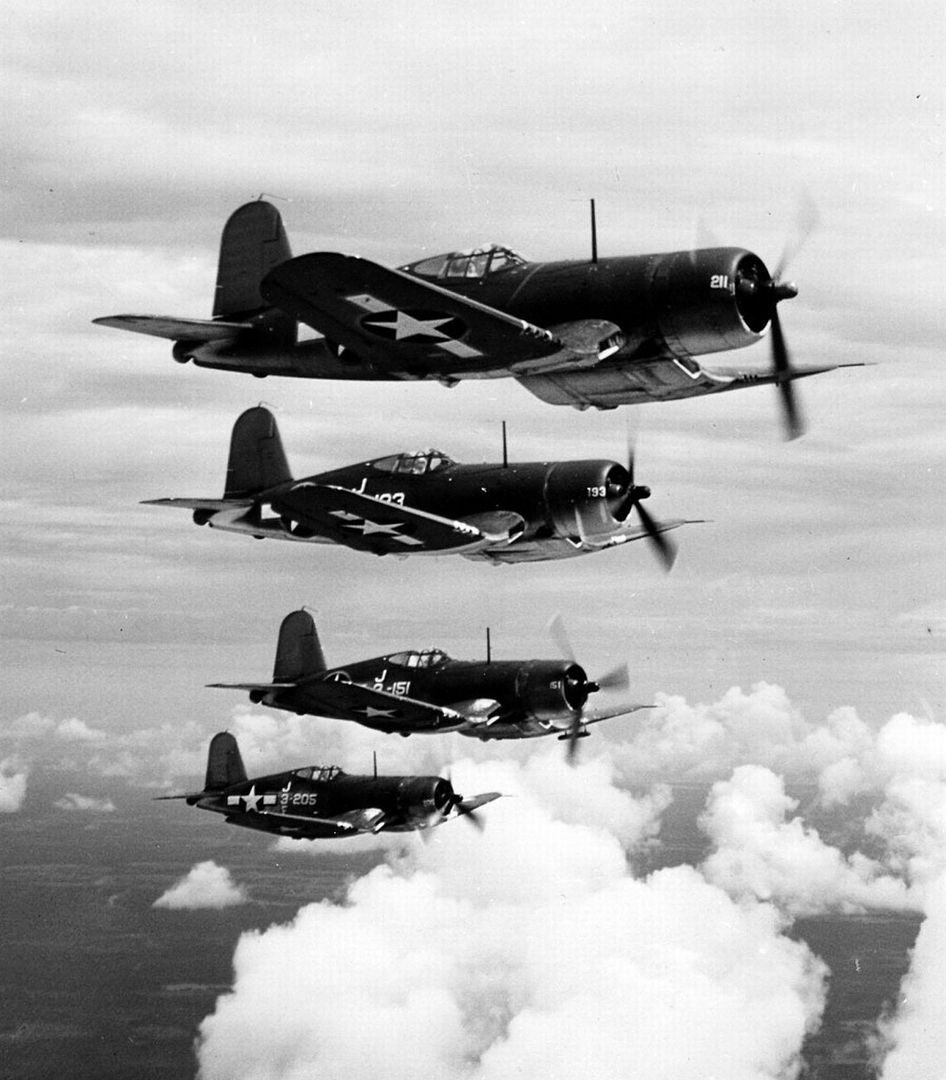
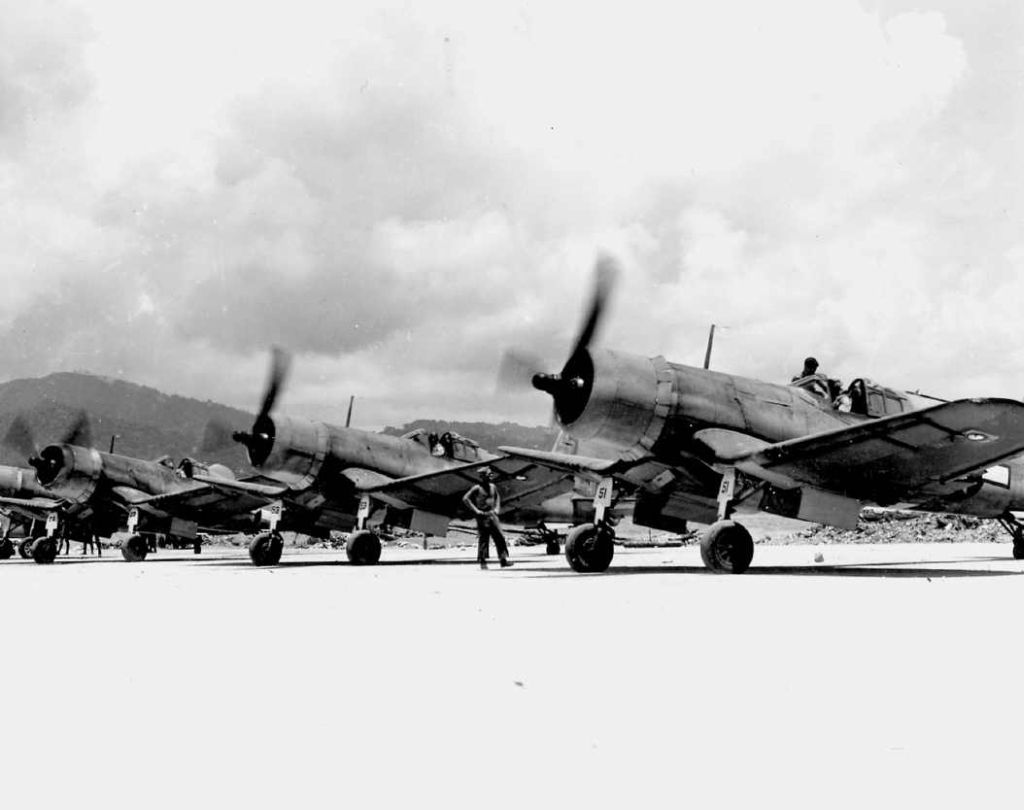
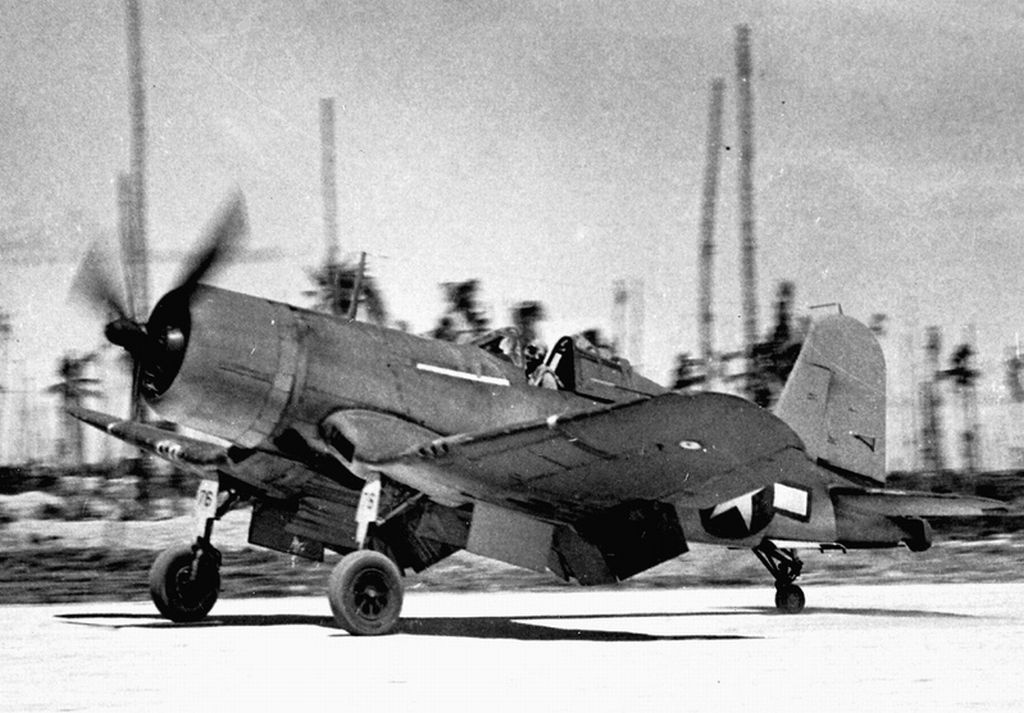
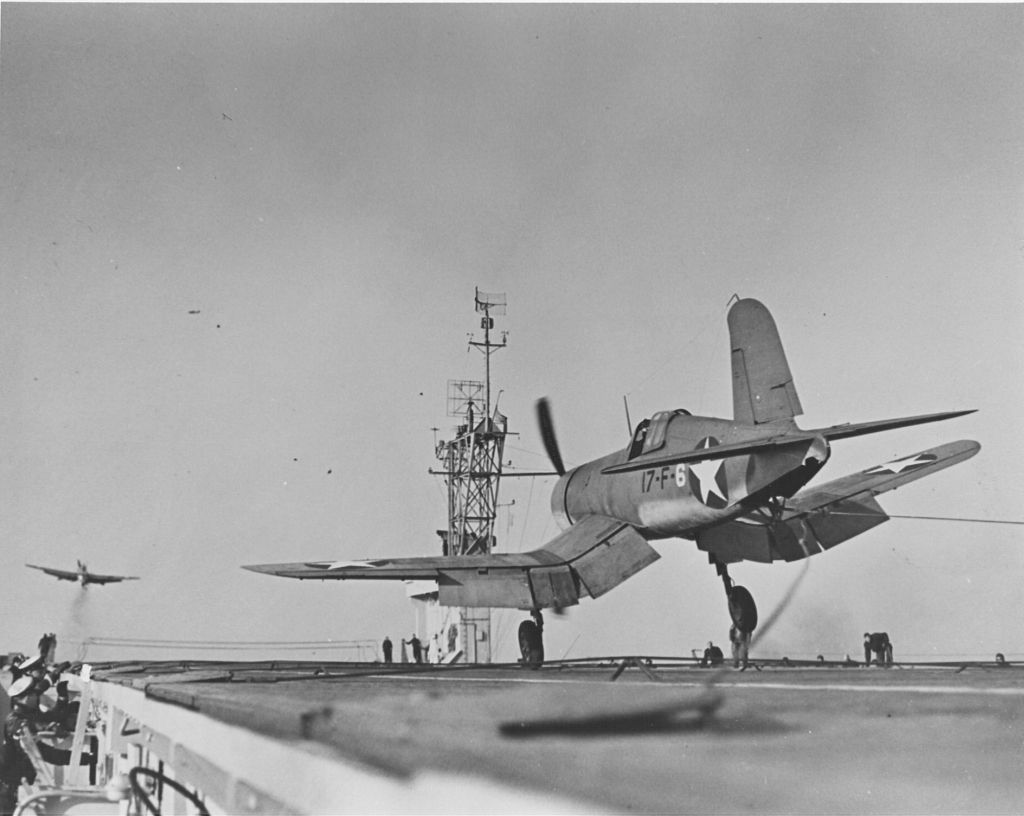

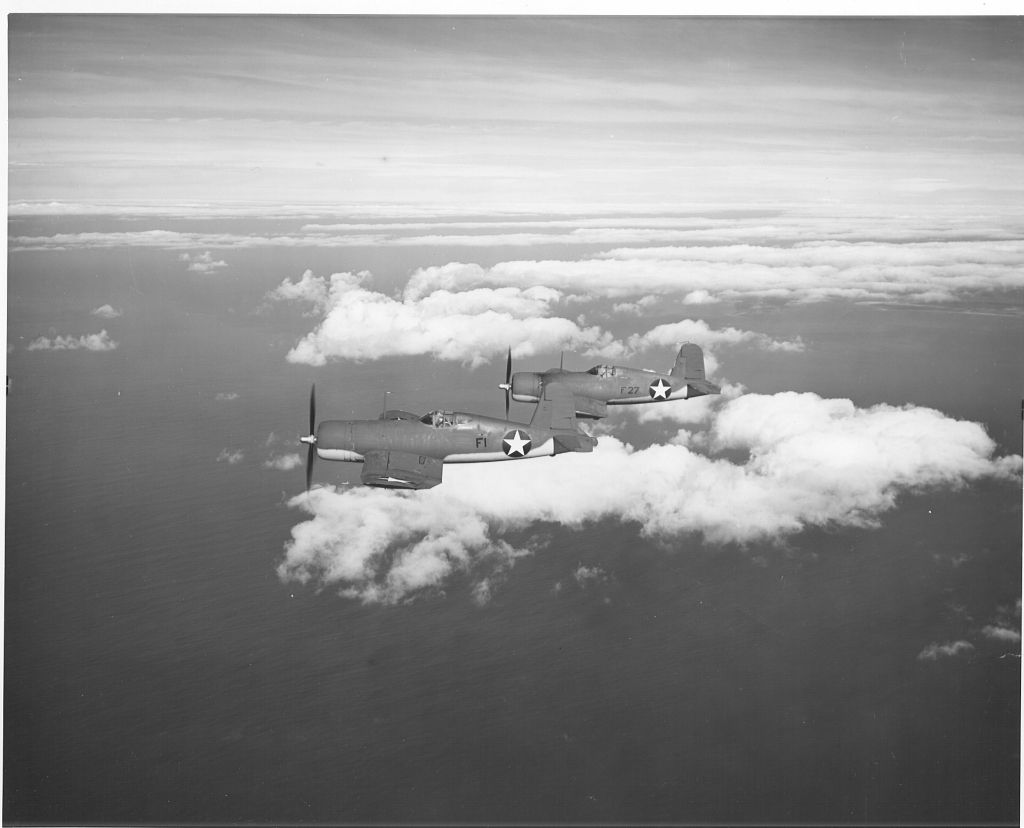
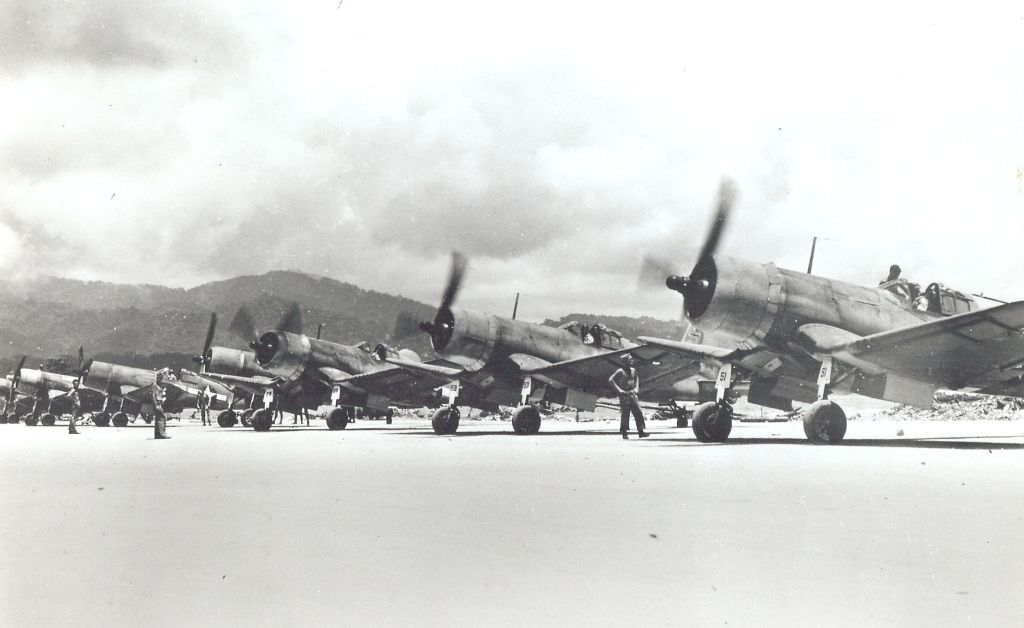
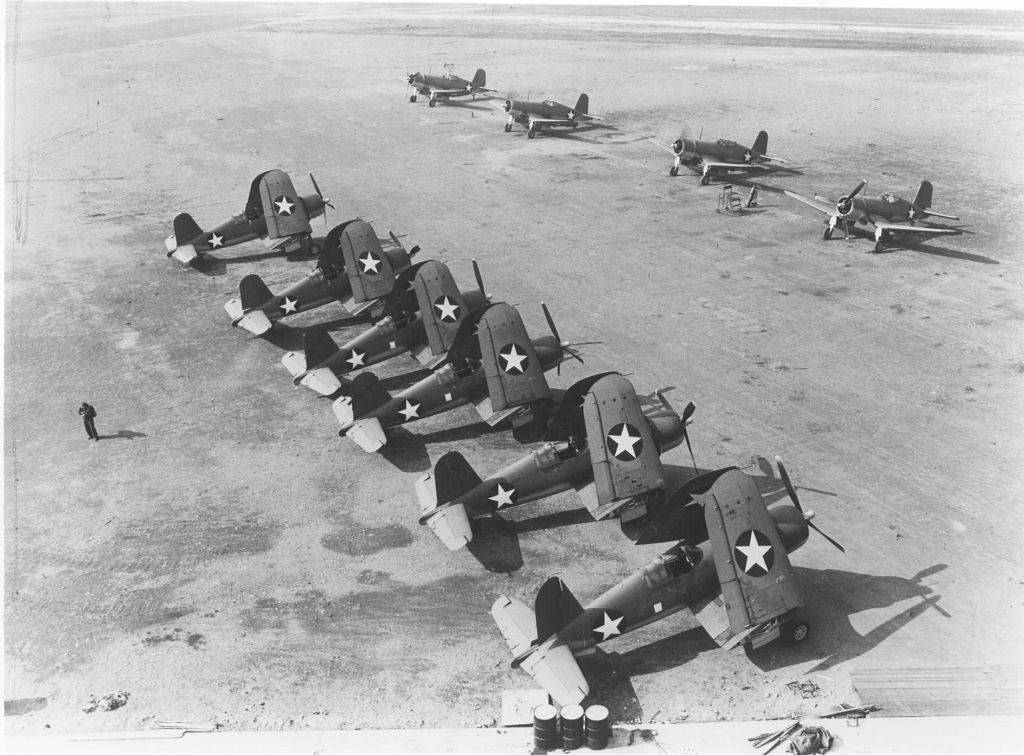
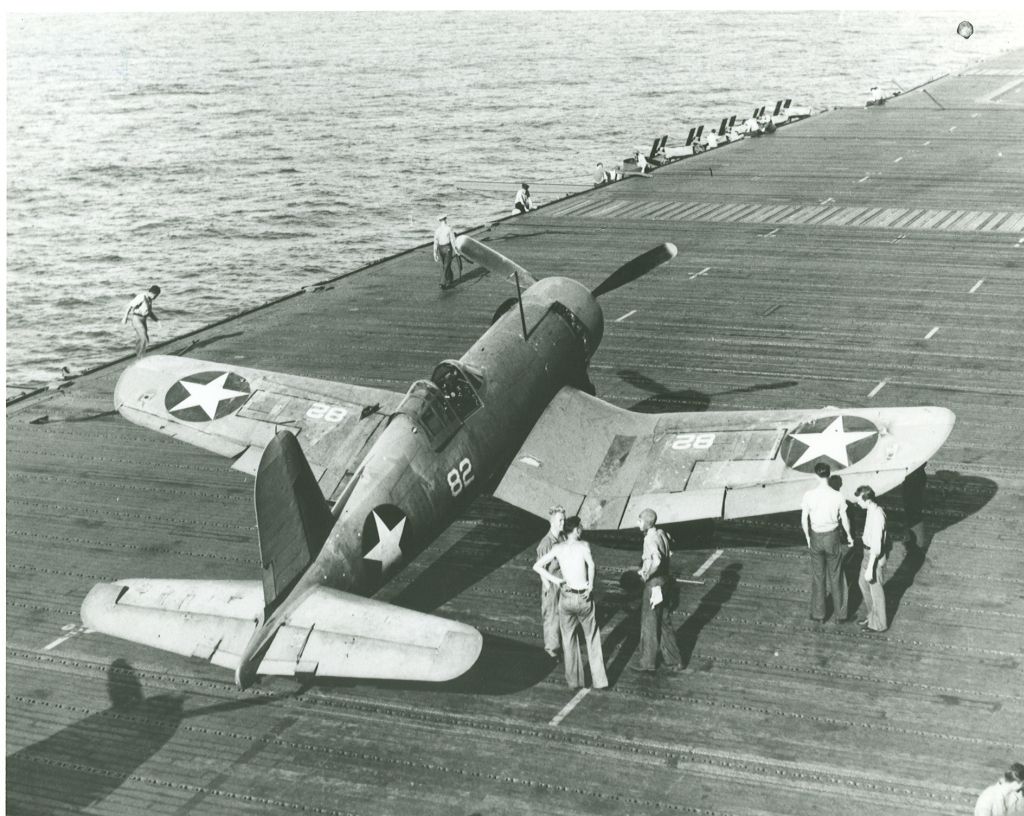
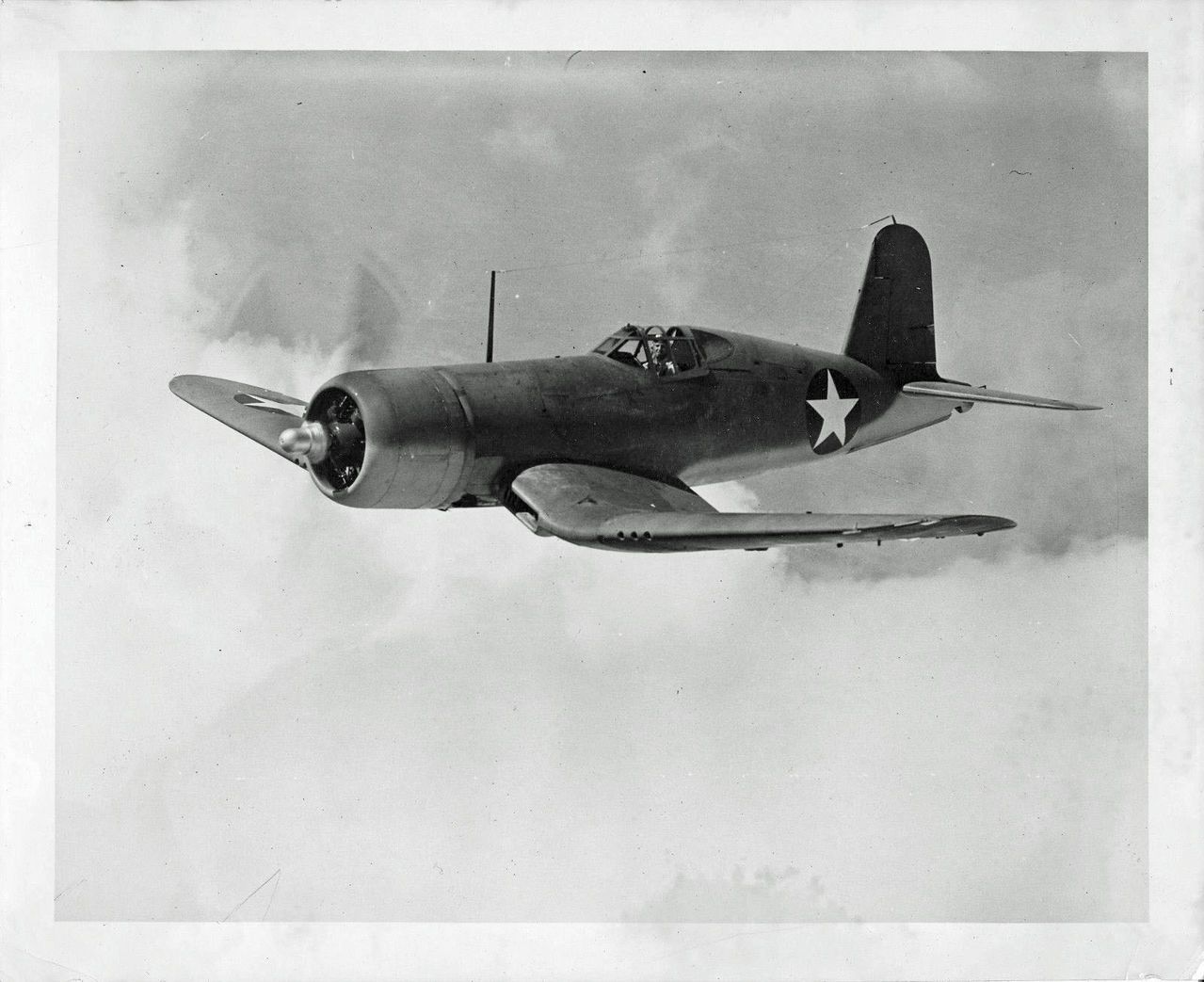

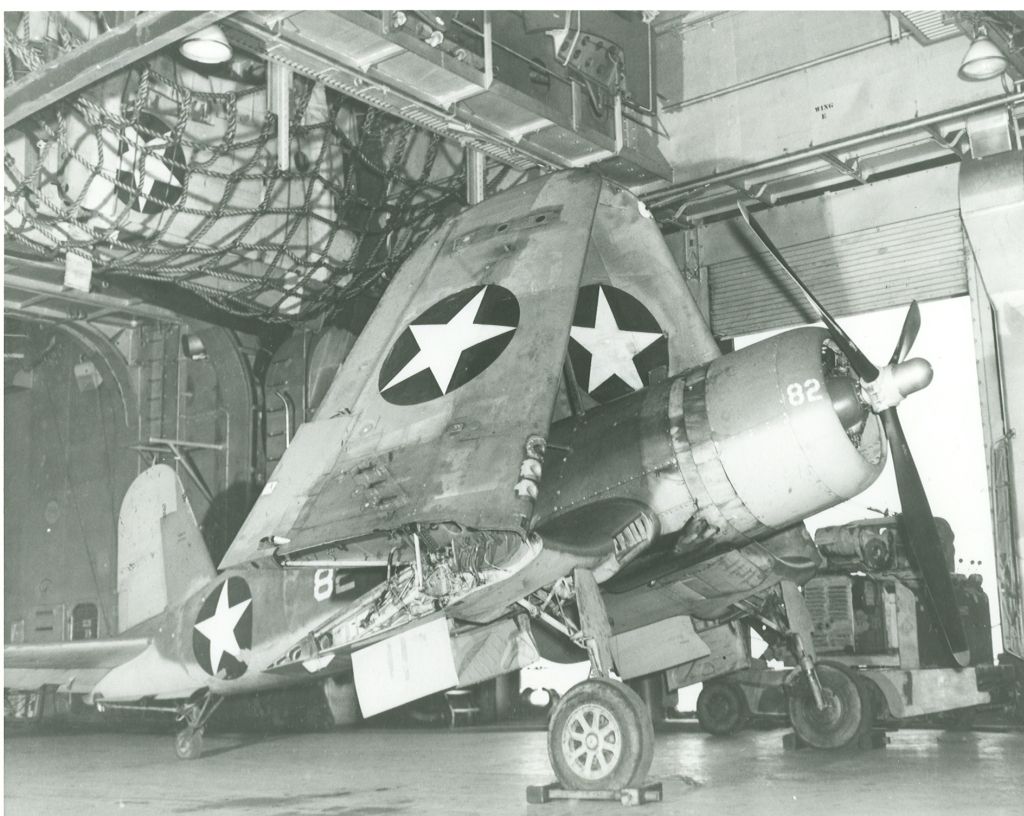

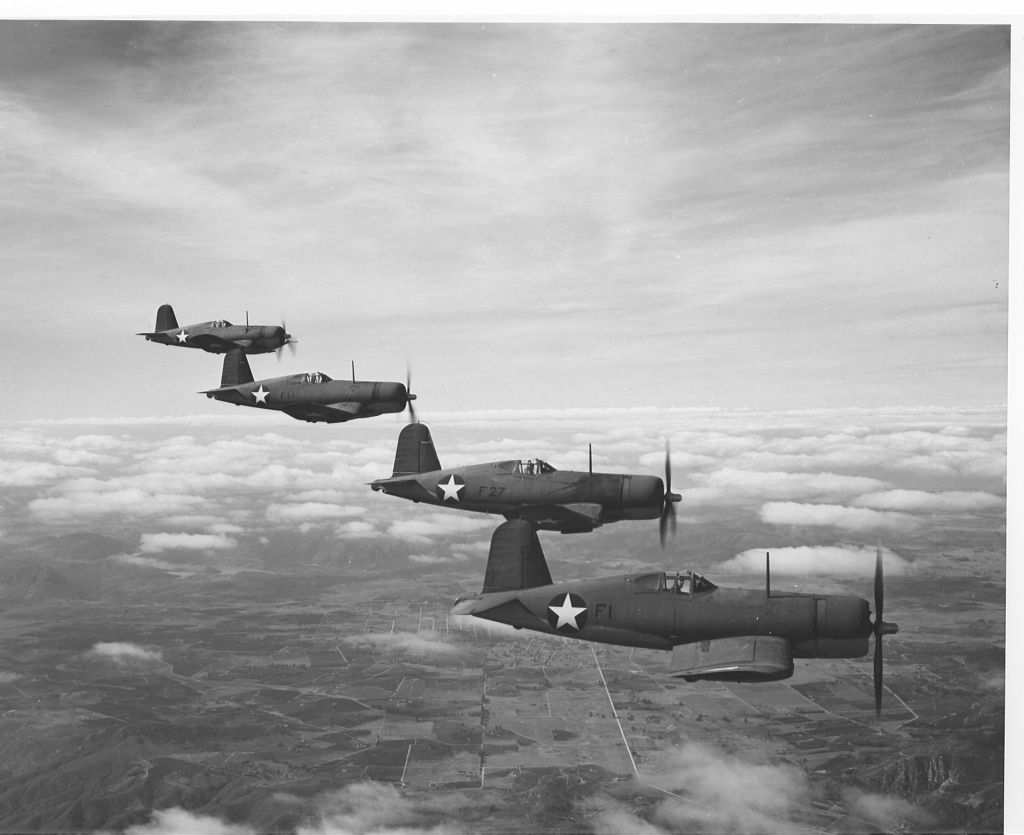
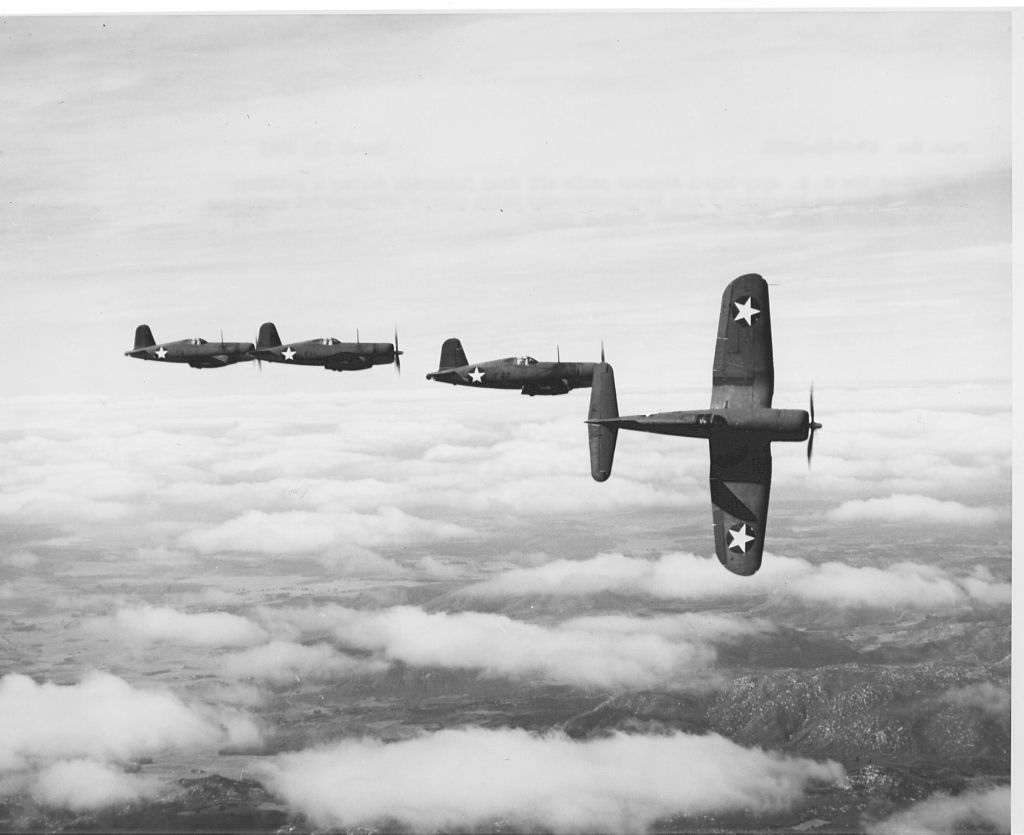

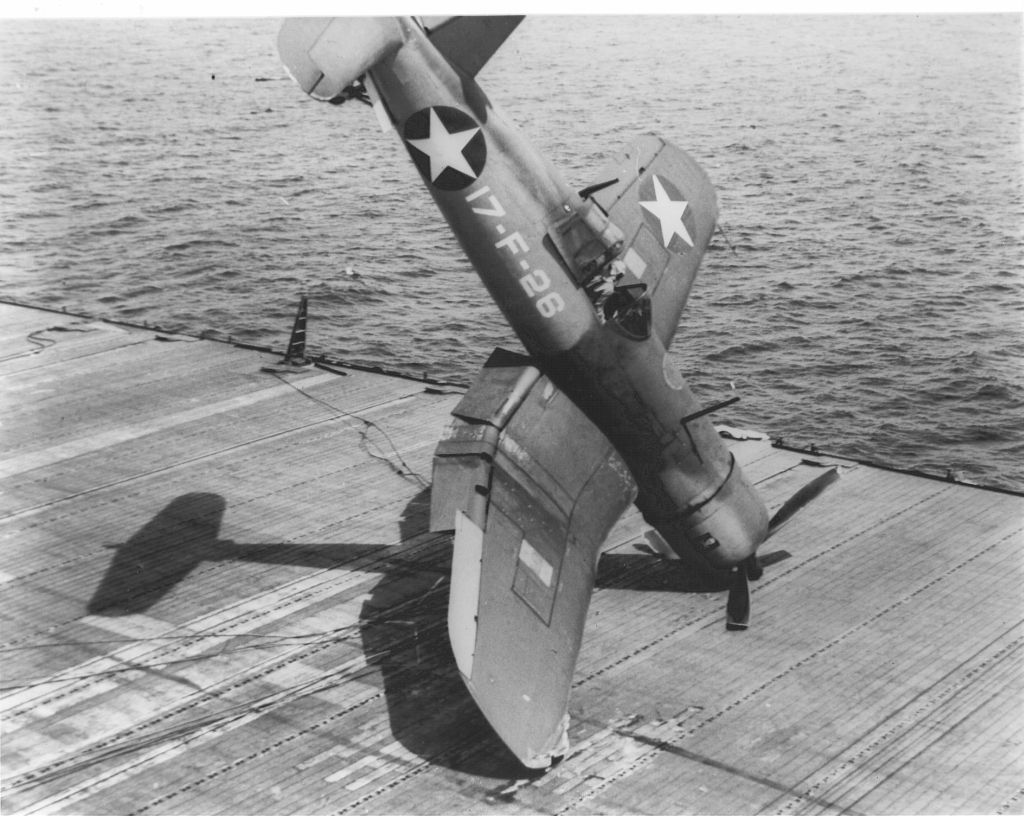
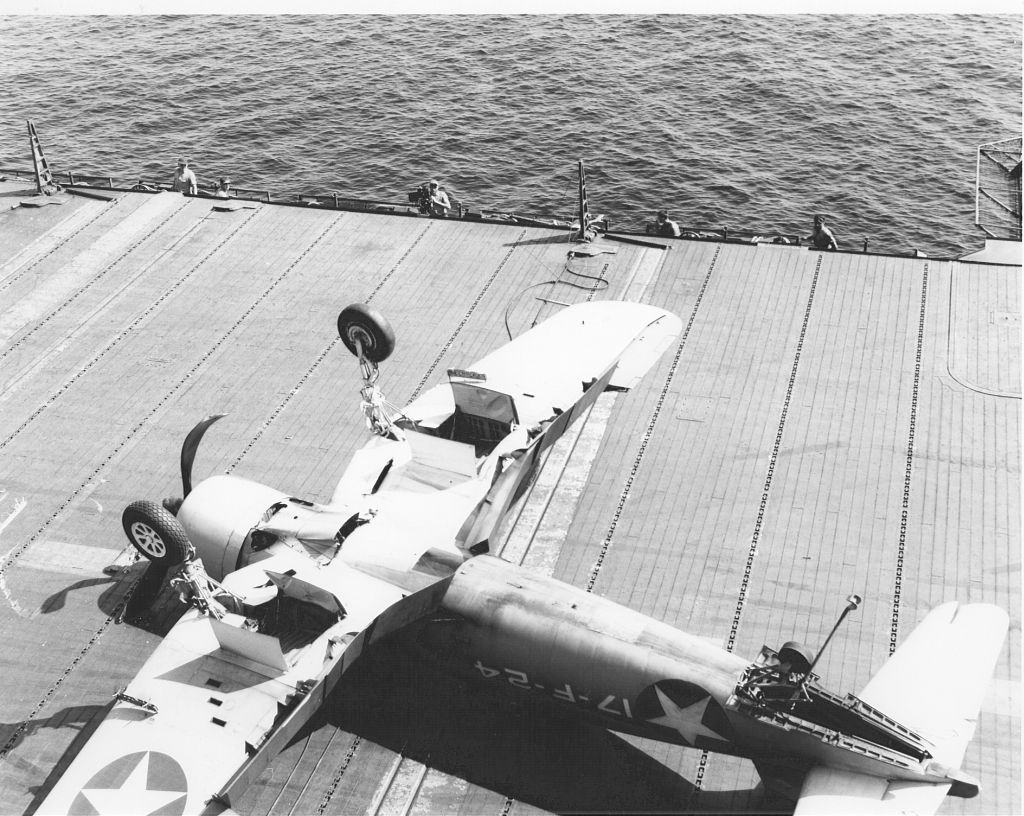

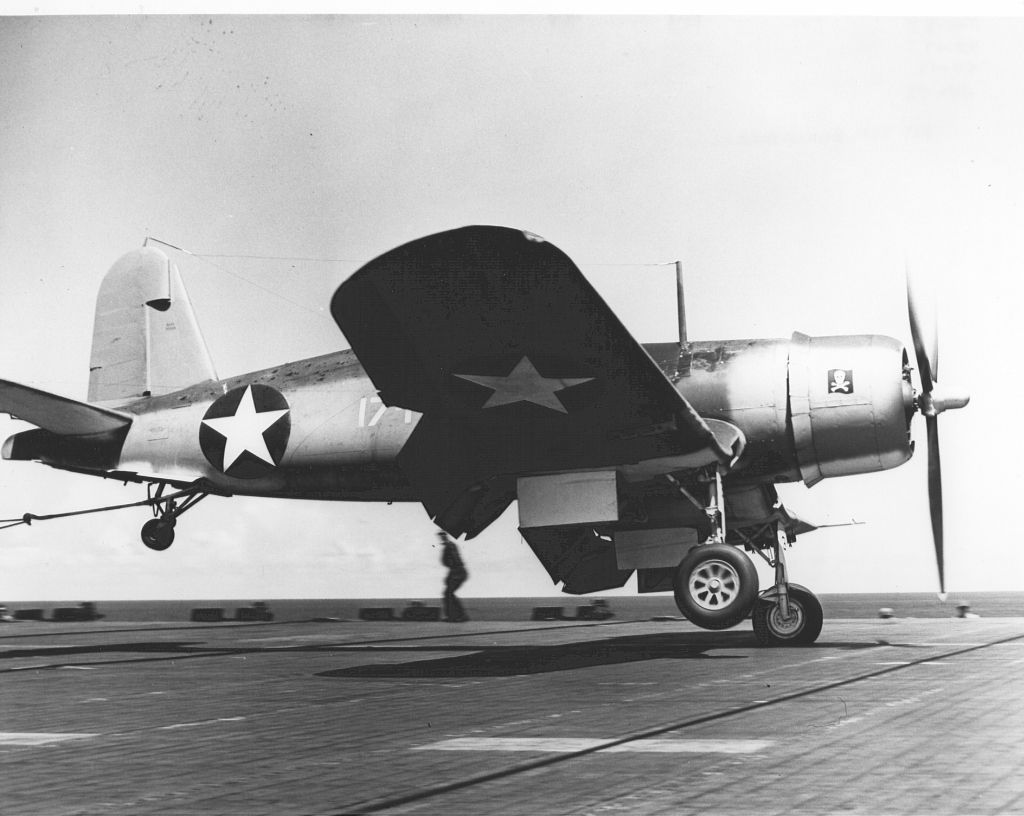
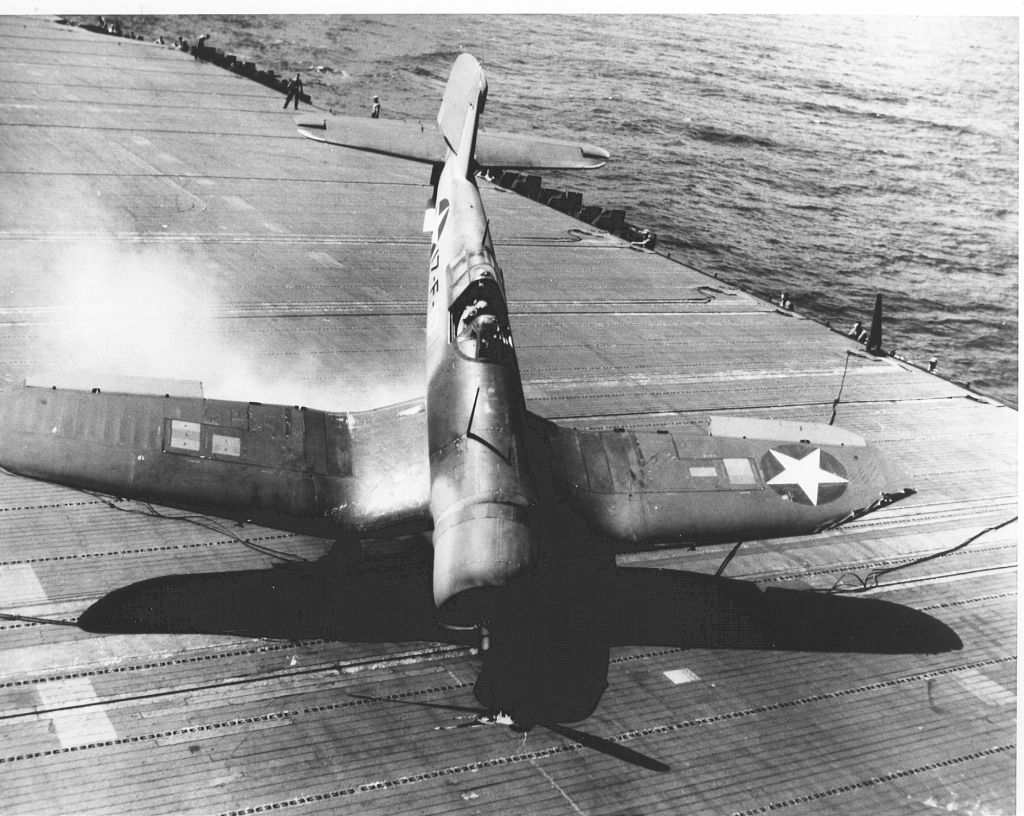
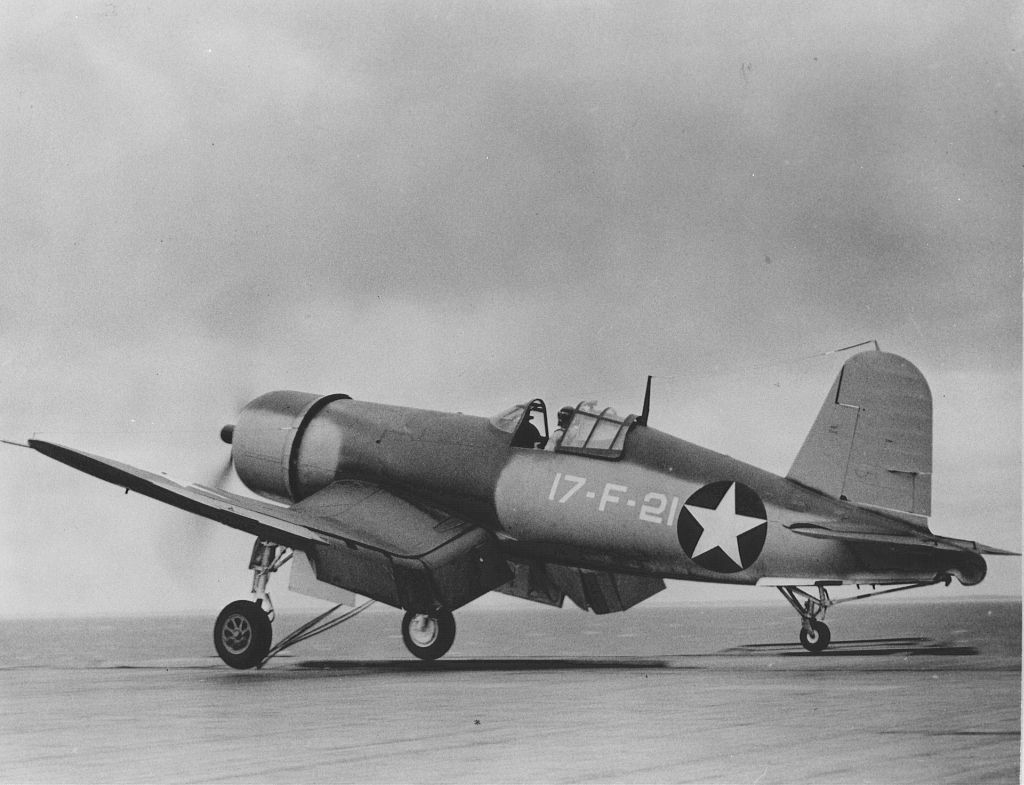
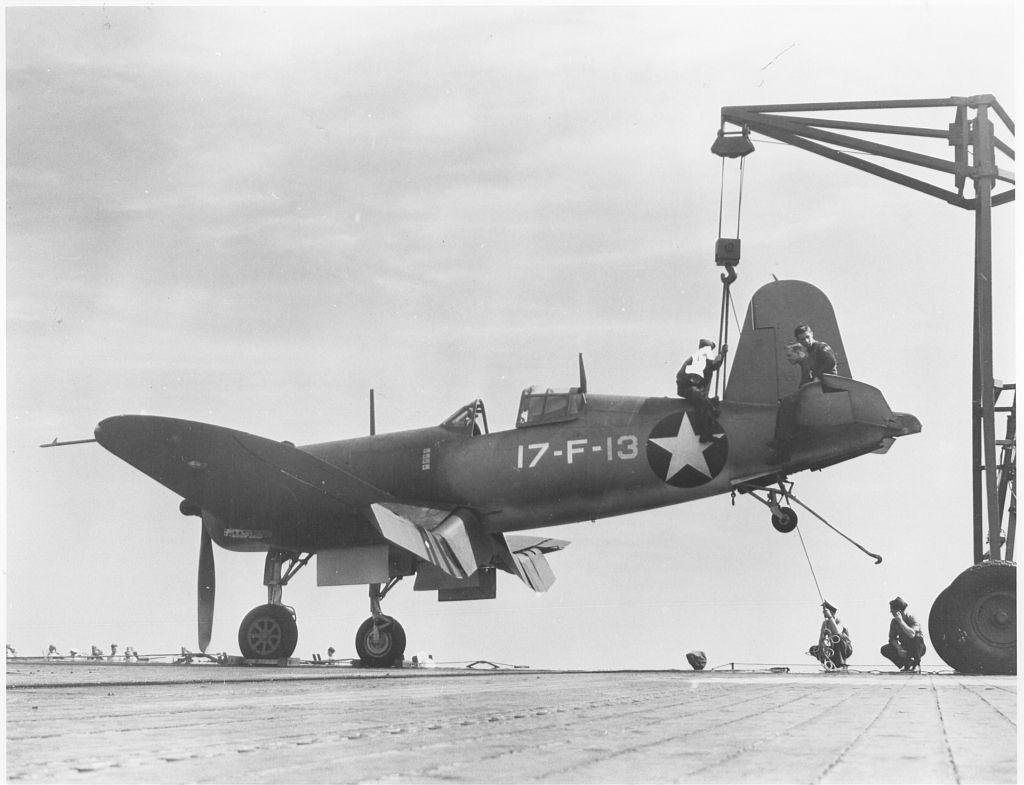
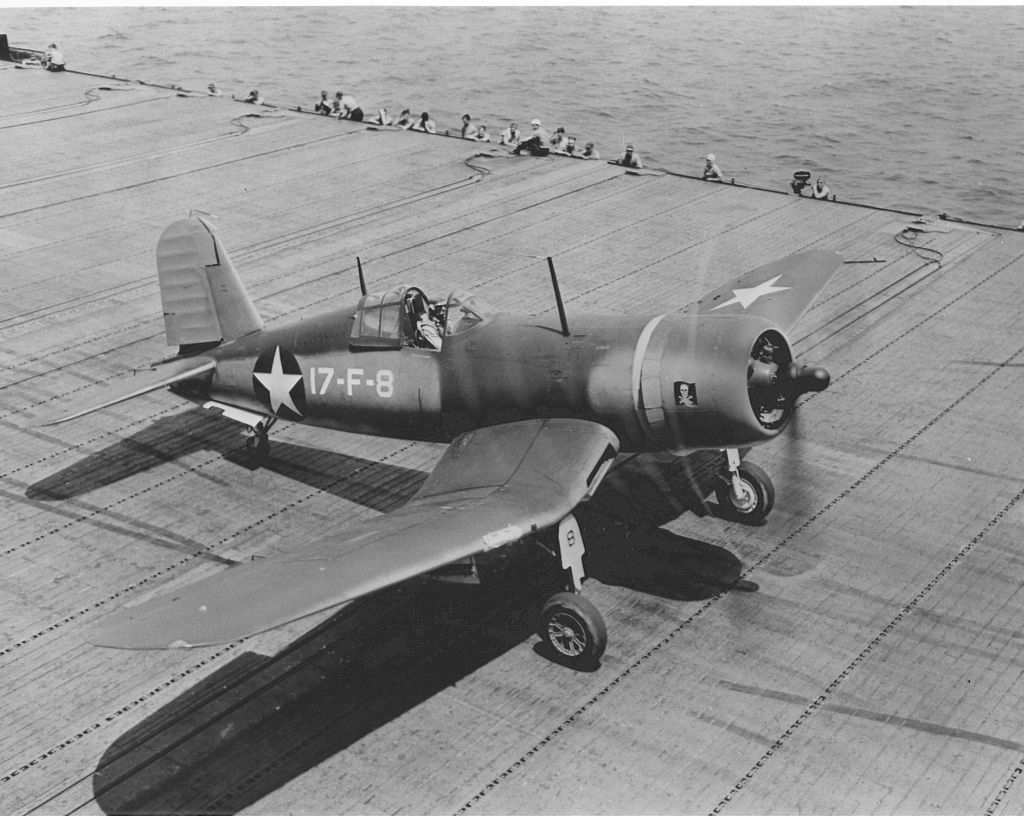
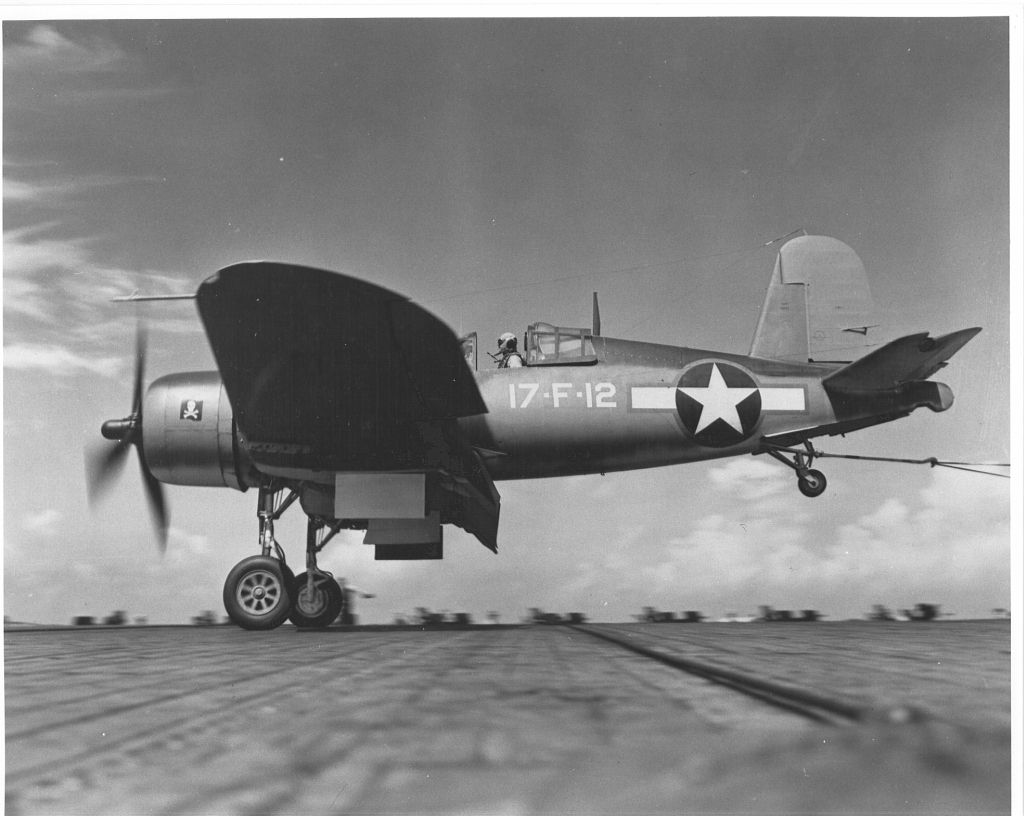
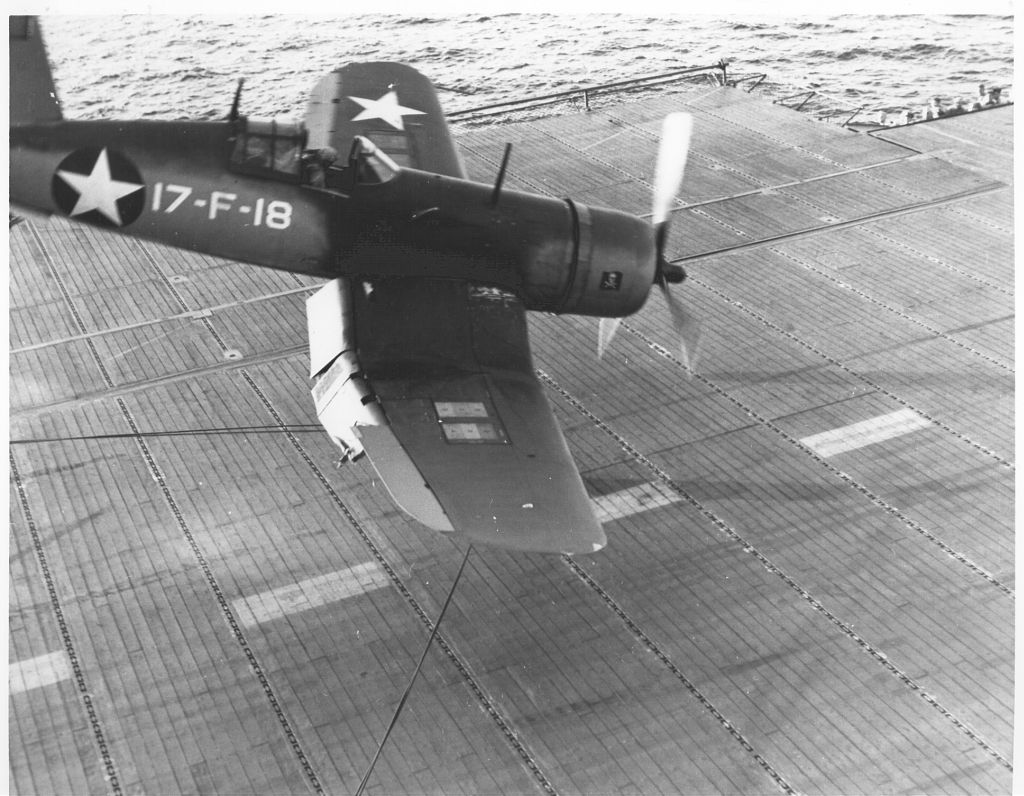


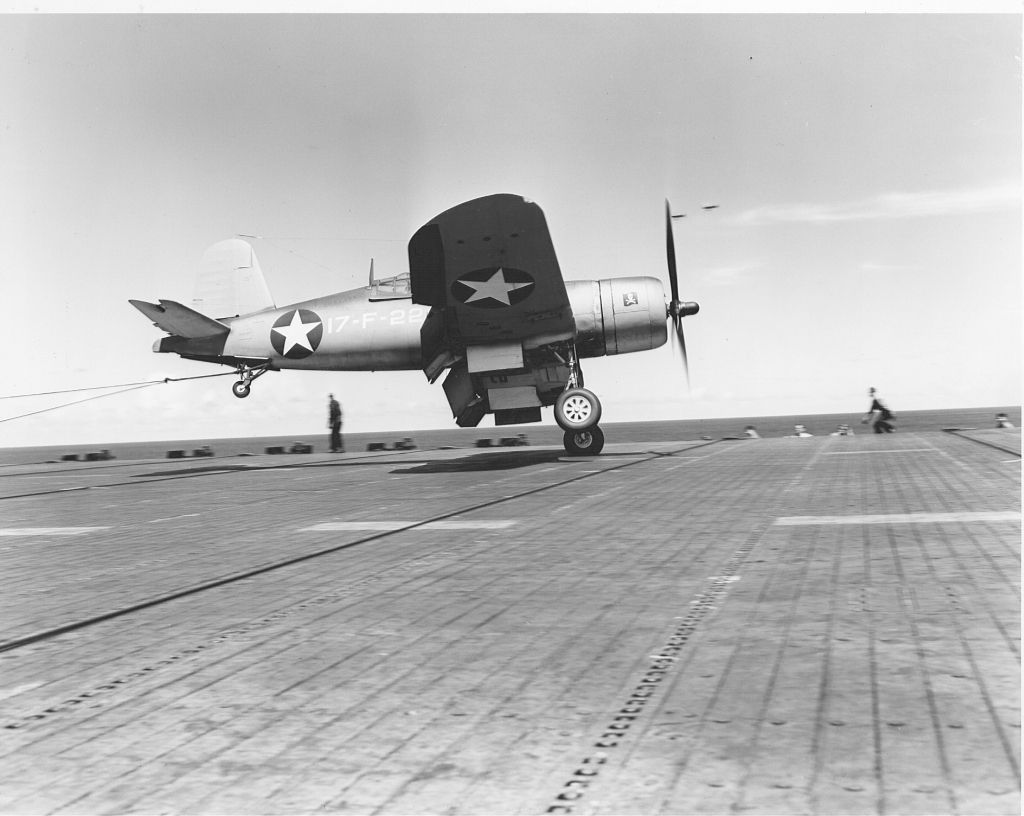

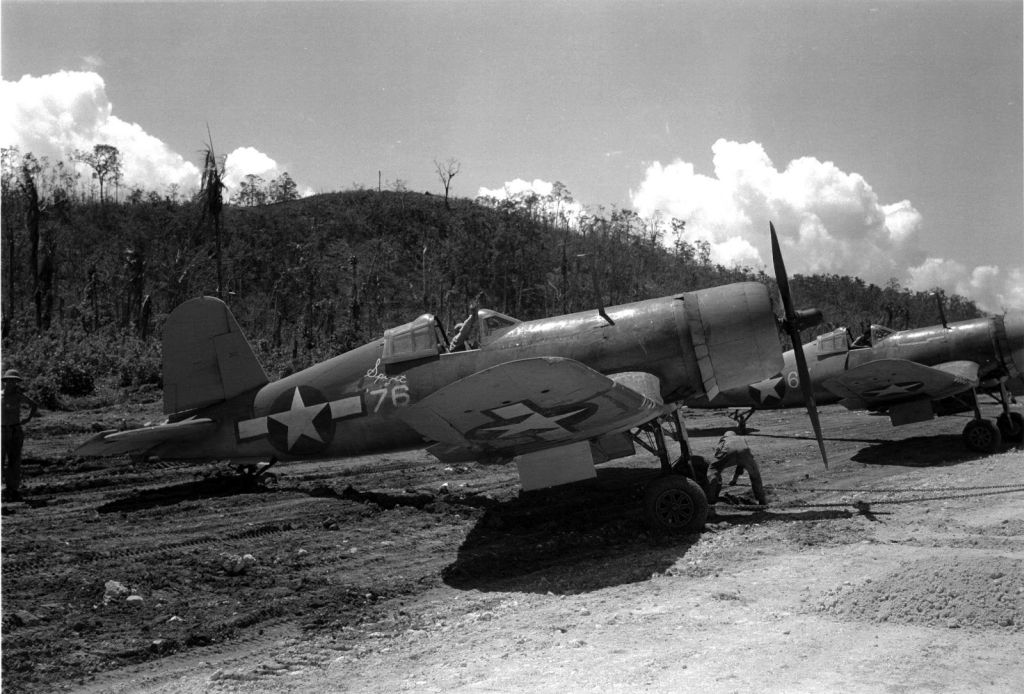
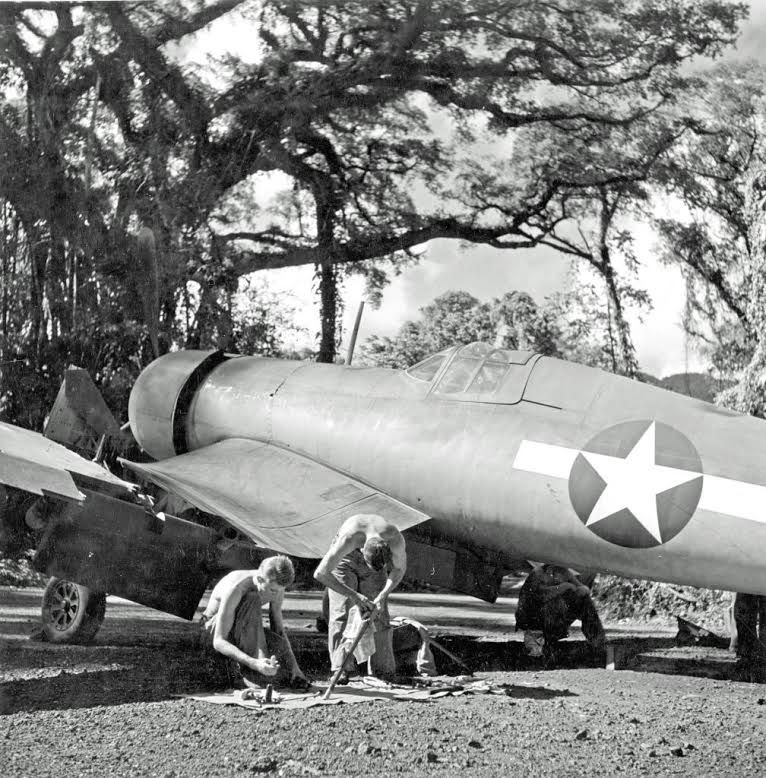
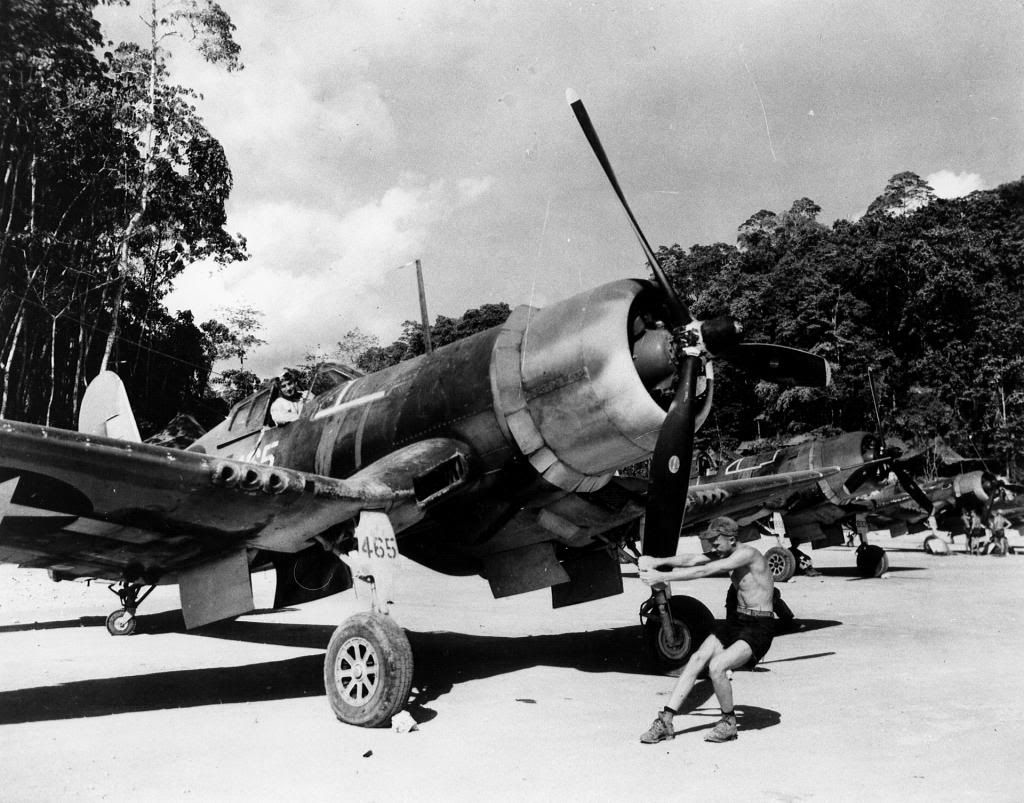
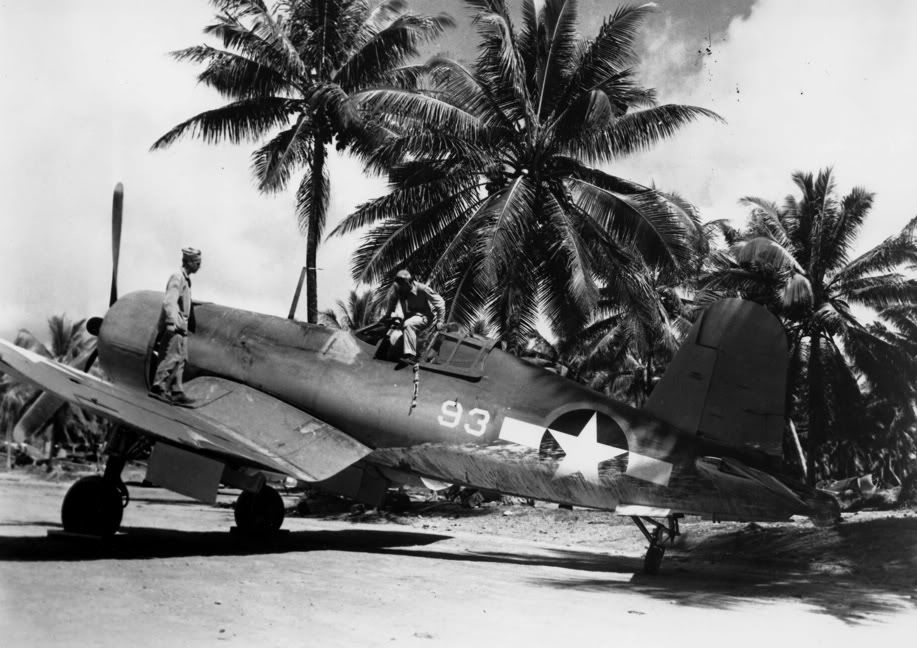
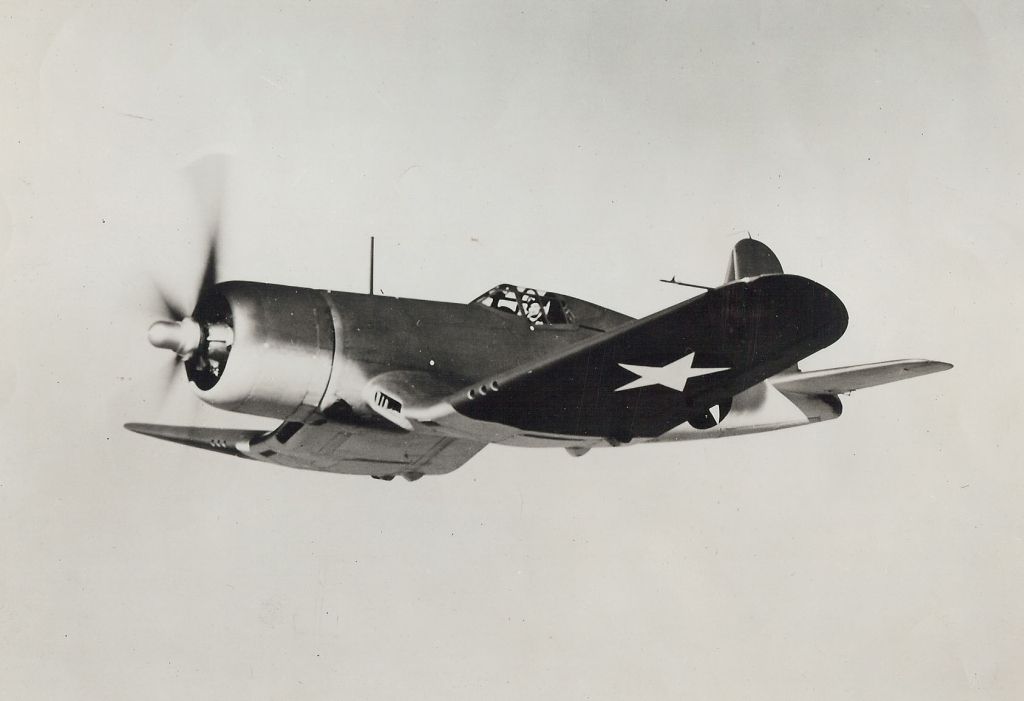
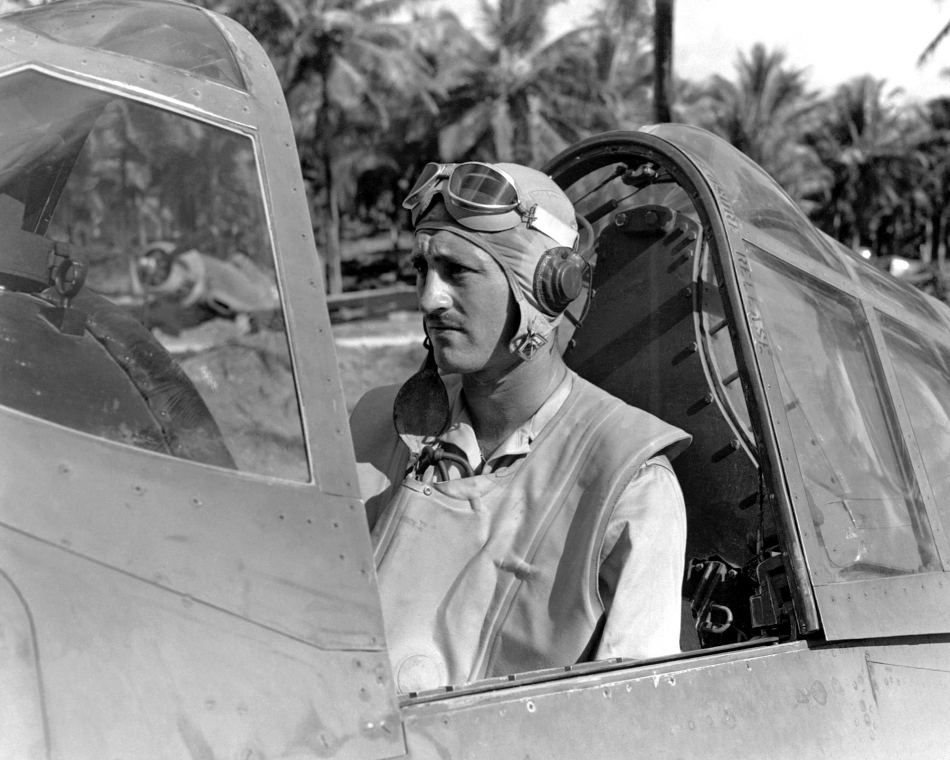
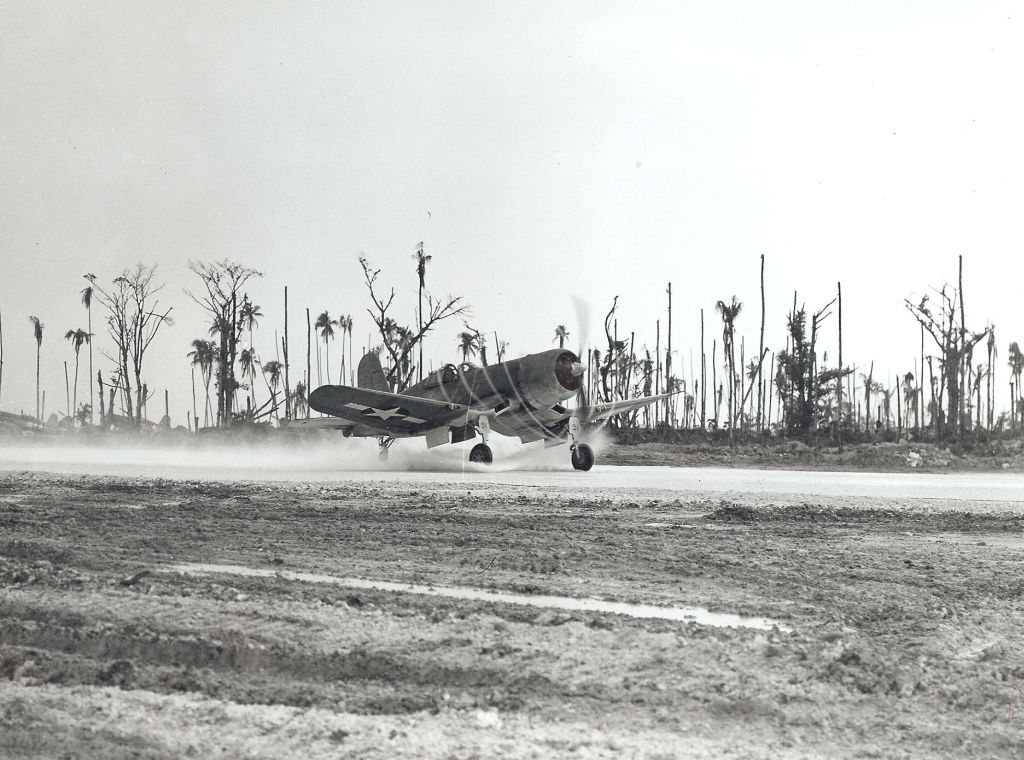
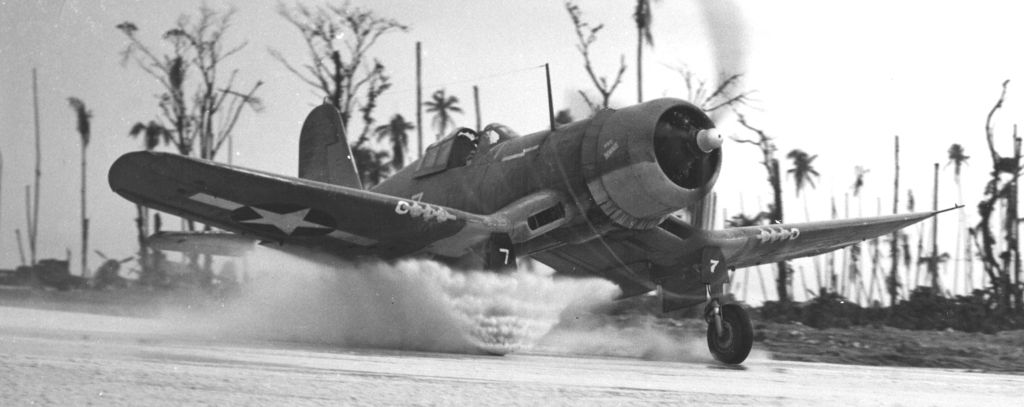
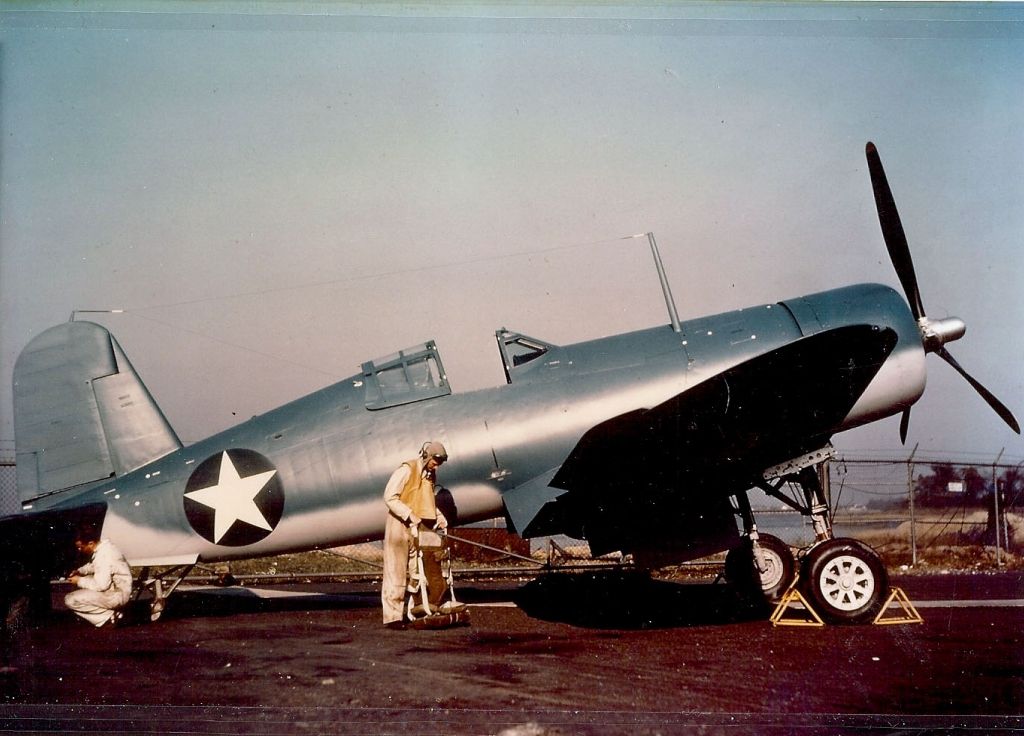
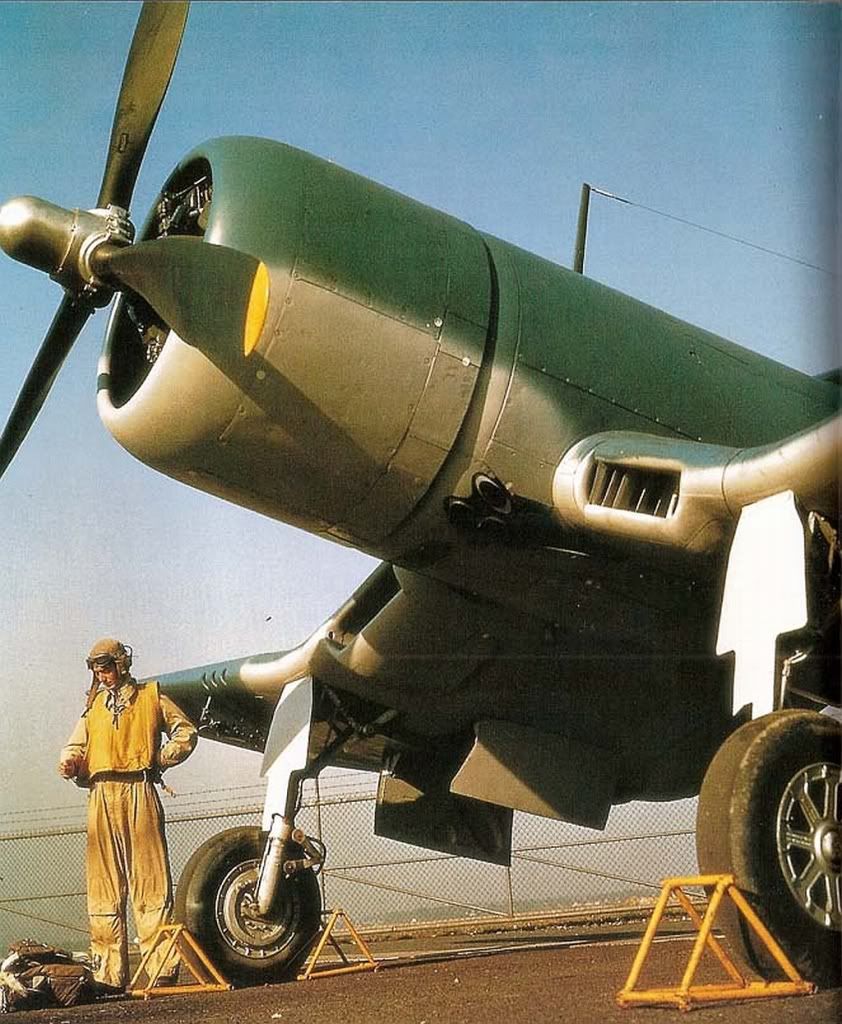
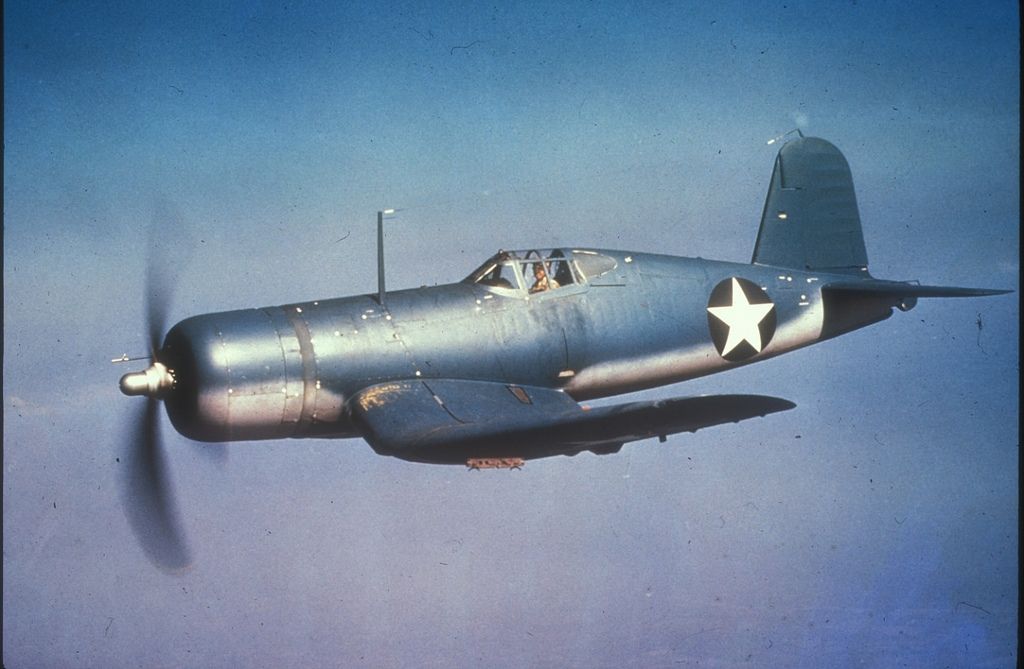

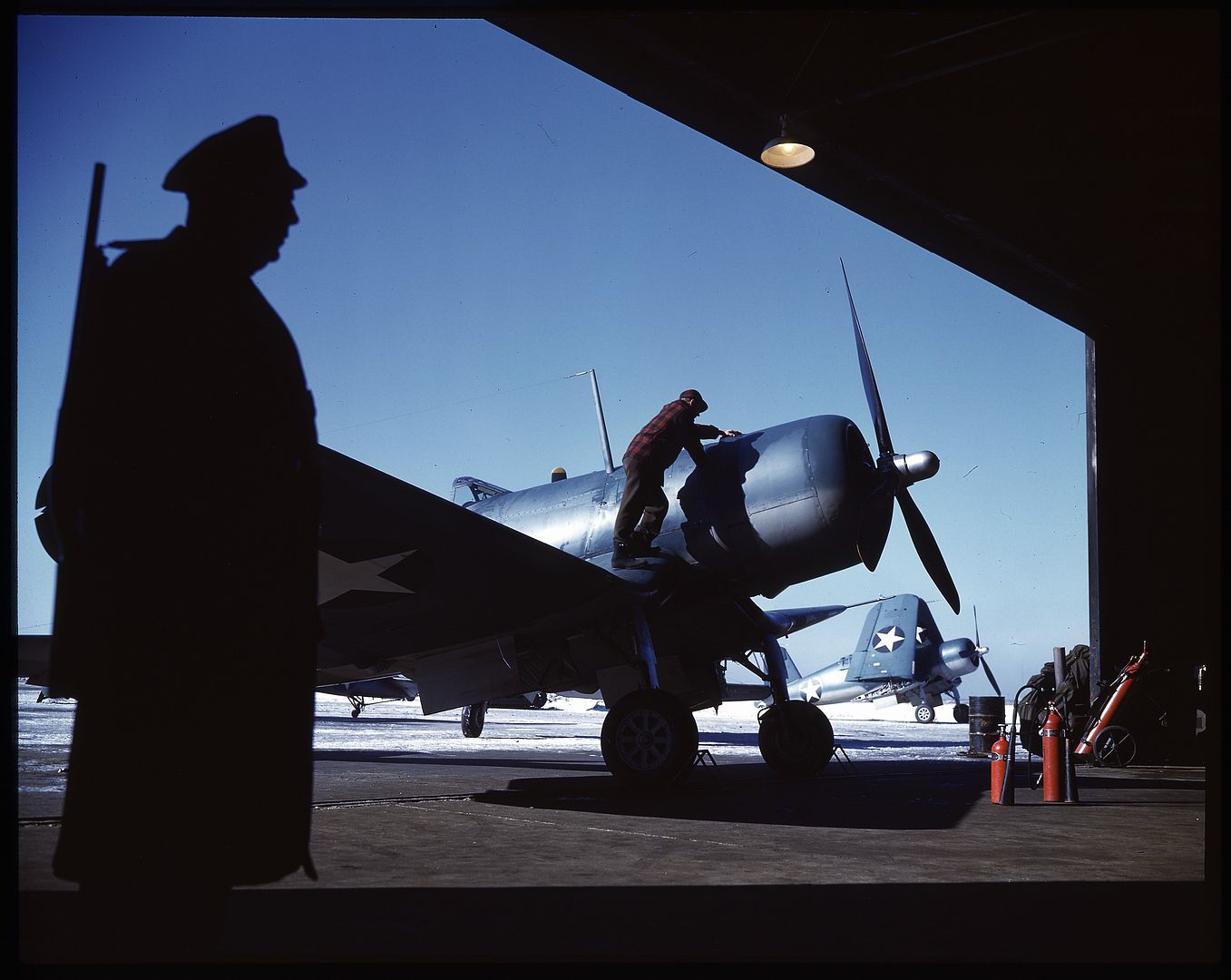
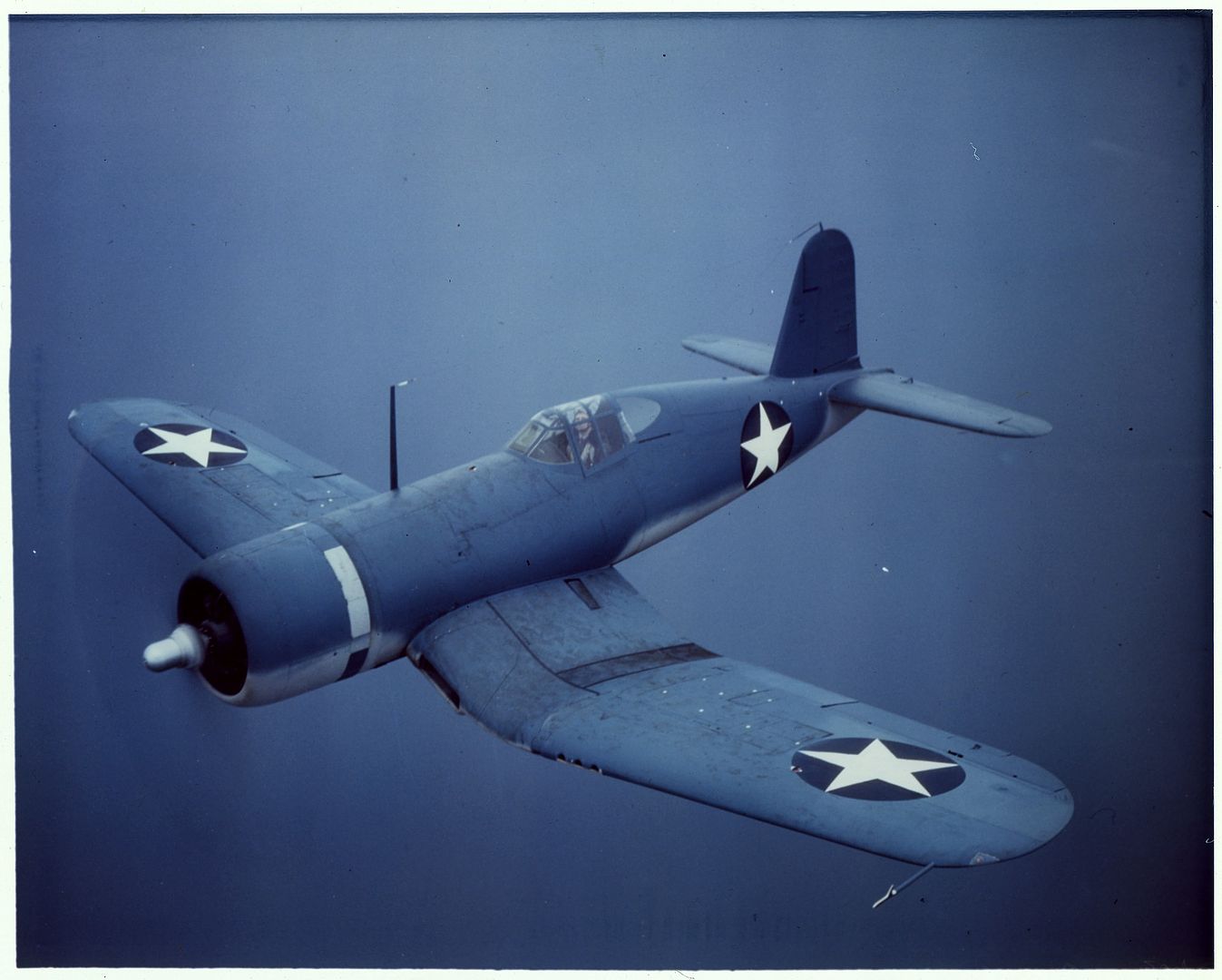
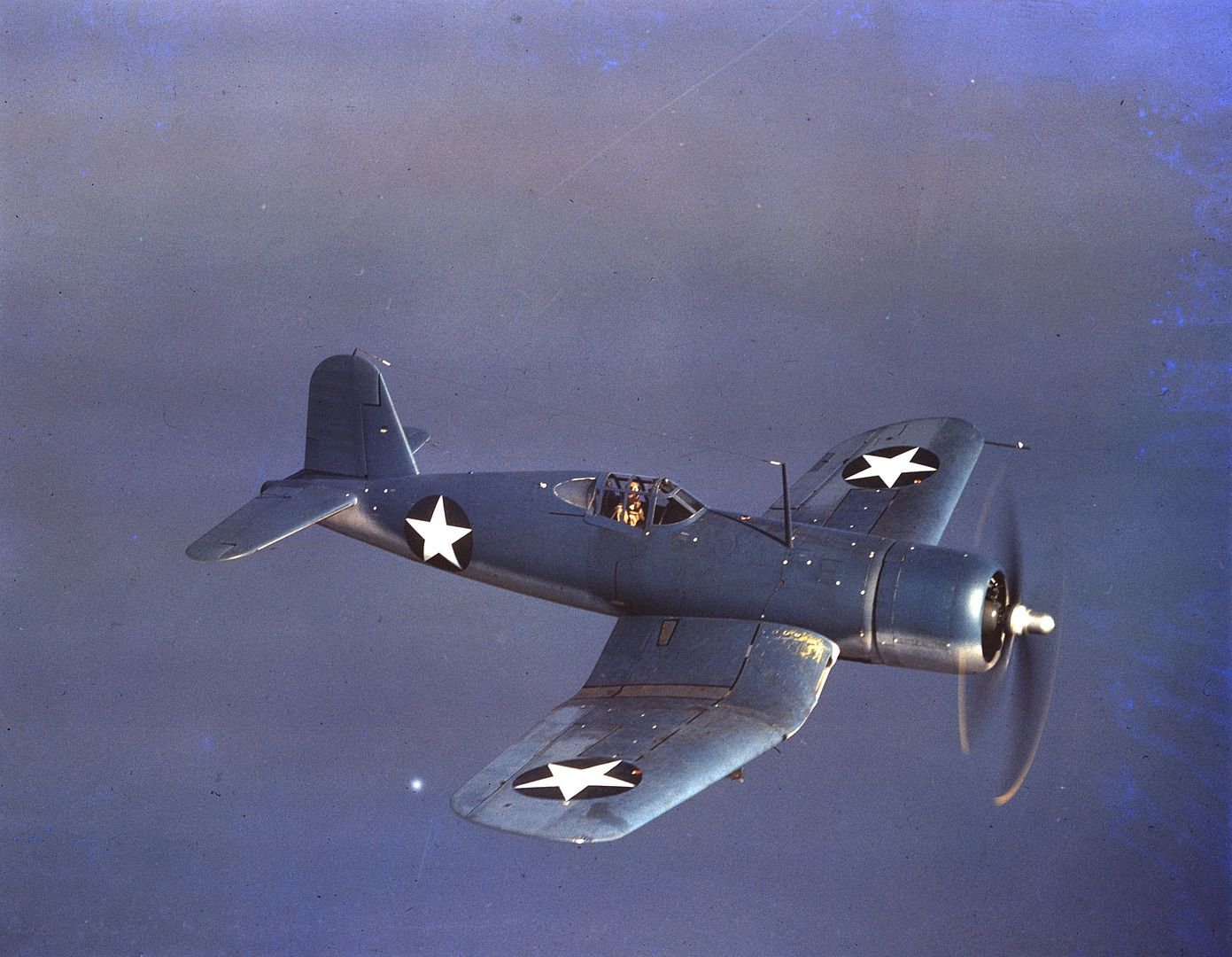
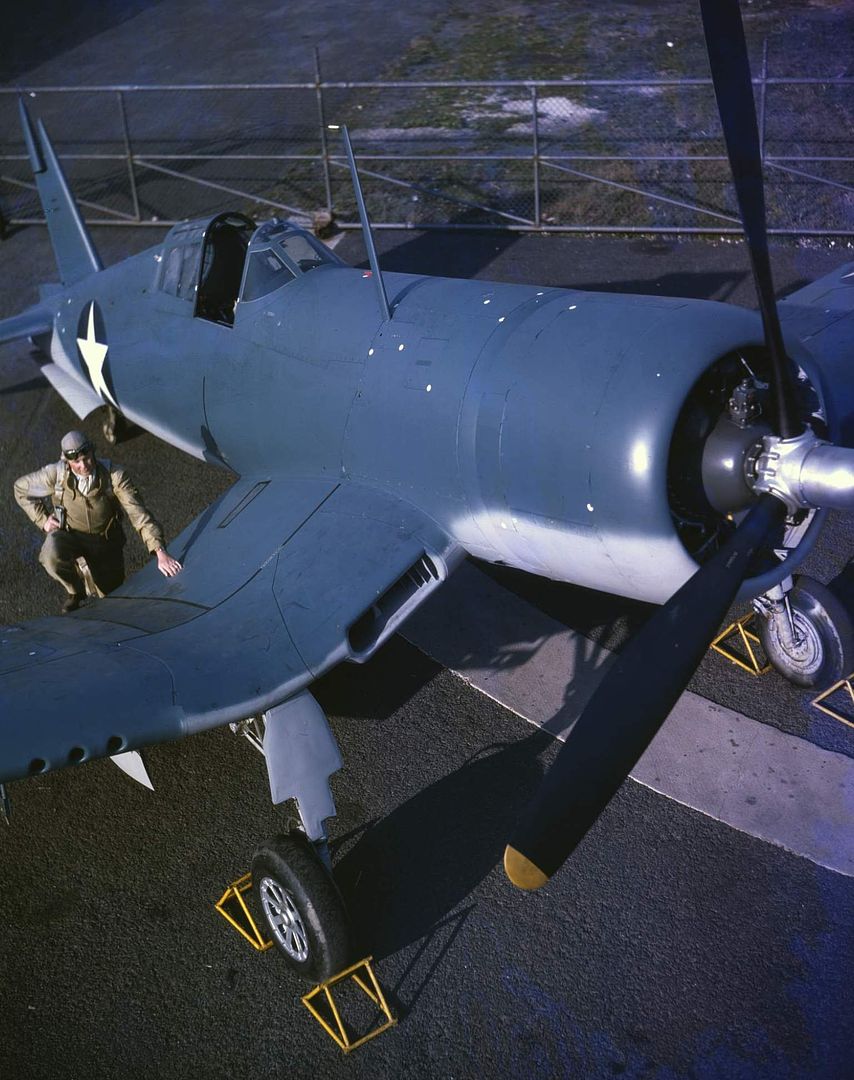
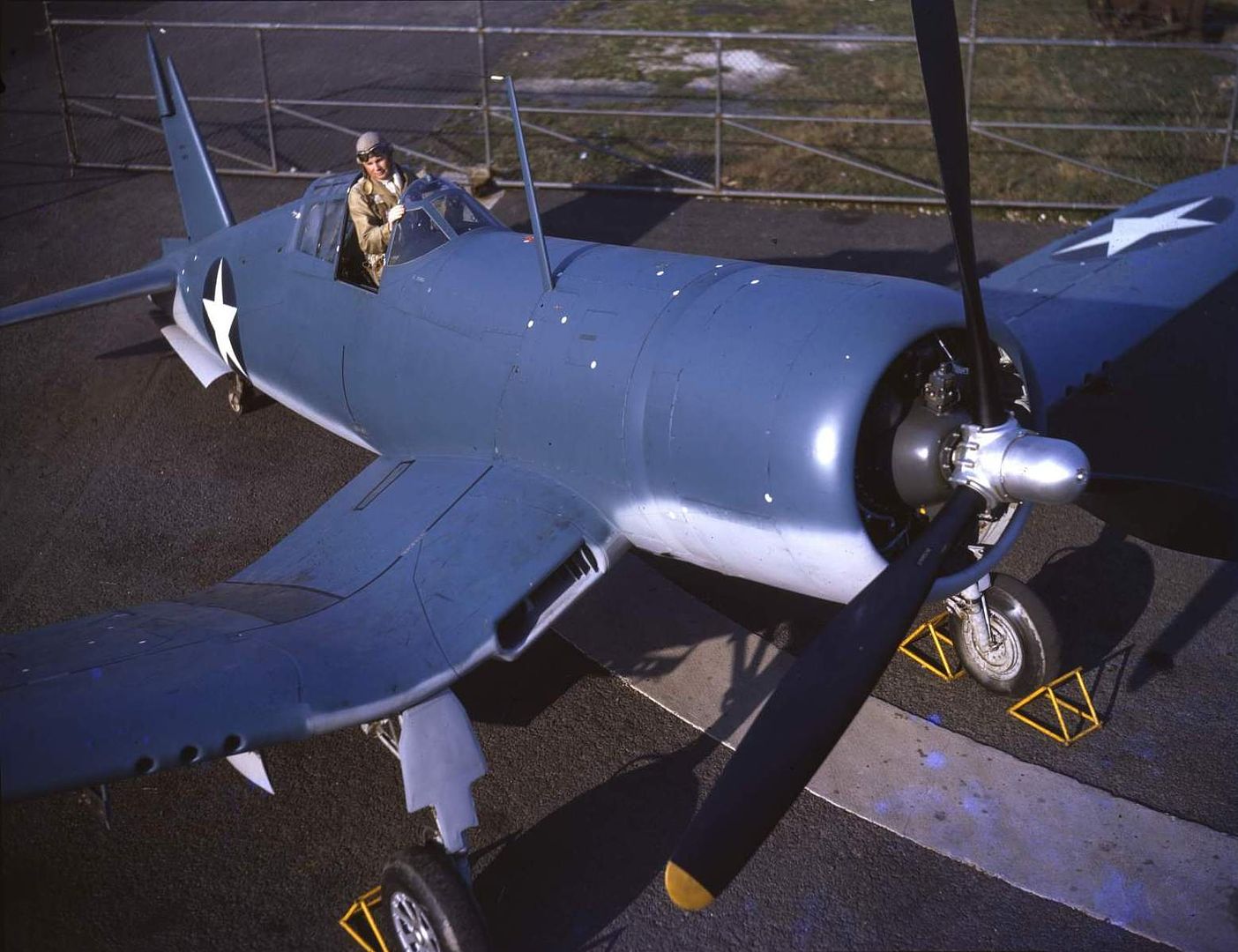
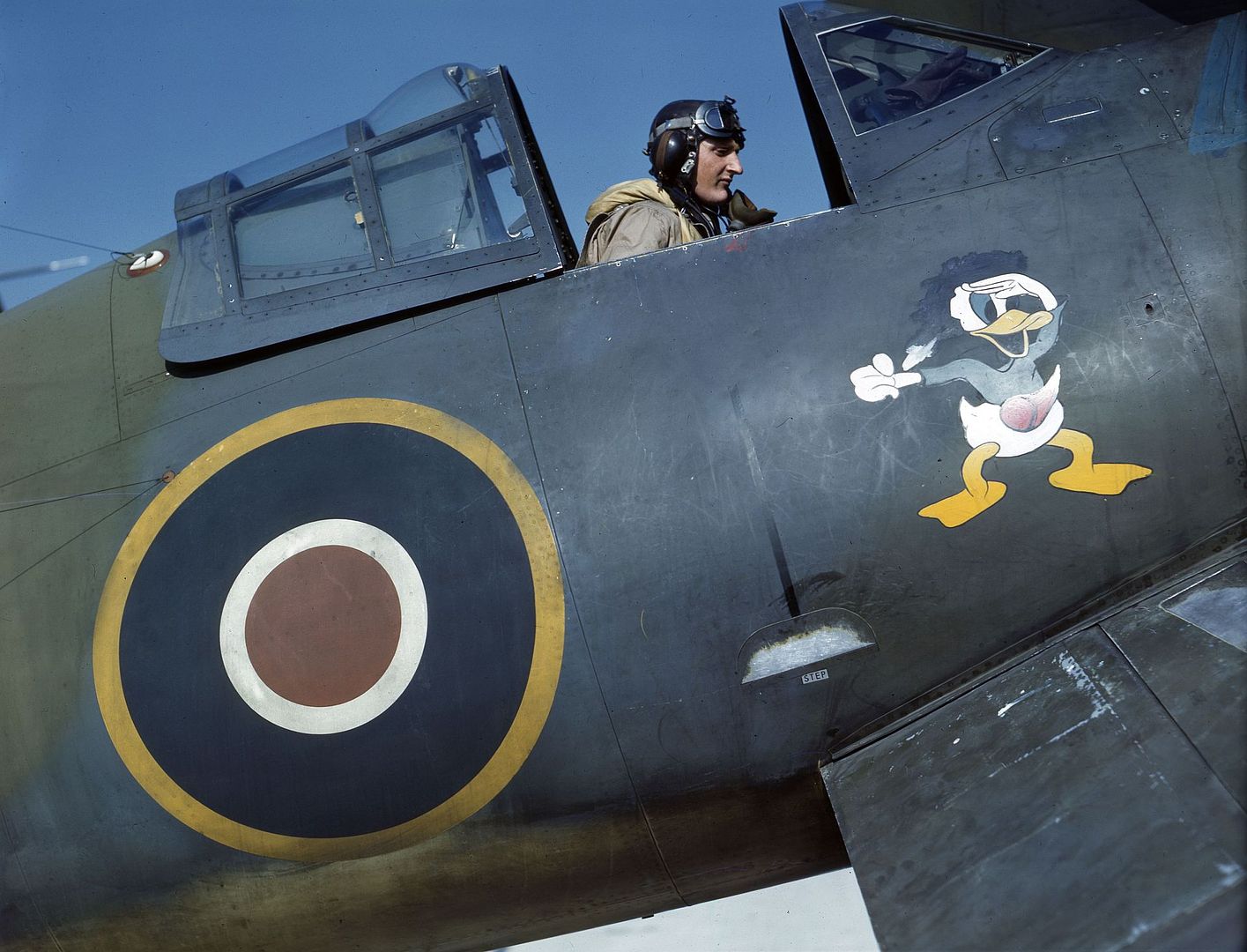
As usual right click
Regards Duggy
Post a reply
- Go to Previous topic
- Go to Next topic
- Go to Welcome
- Go to Introduce Yourself
- Go to General Discussion
- Go to Screenshots, Images and Videos
- Go to Off topic
- Go to Works in Progress
- Go to Skinning Tips / Tutorials
- Go to Skin Requests
- Go to IJAAF Library
- Go to Luftwaffe Library
- Go to RAF Library
- Go to USAAF / USN Library
- Go to Misc Library
- Go to The Ops Room
- Go to Made in Germany
- Go to Campaigns and Missions
- Go to Works in Progress
- Go to Juri's Air-Raid Shelter
- Go to Campaigns and Missions
- Go to Works in Progress
- Go to Skinpacks
- Go to External Projects Discussion
- Go to Books & Resources
